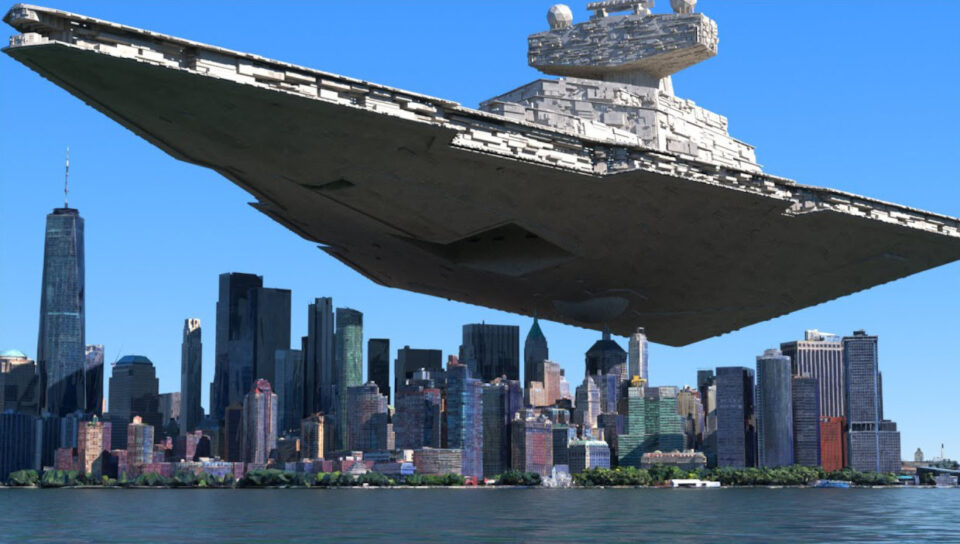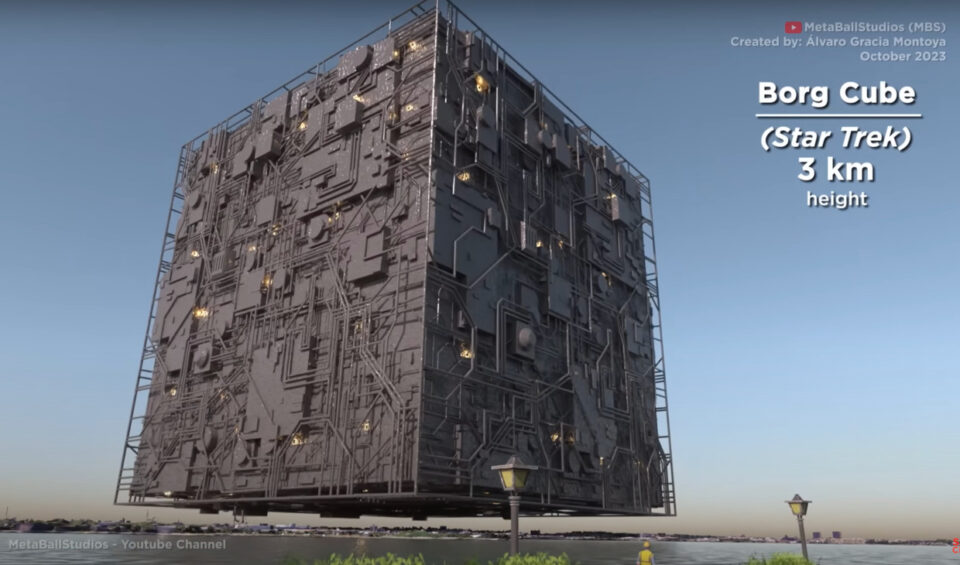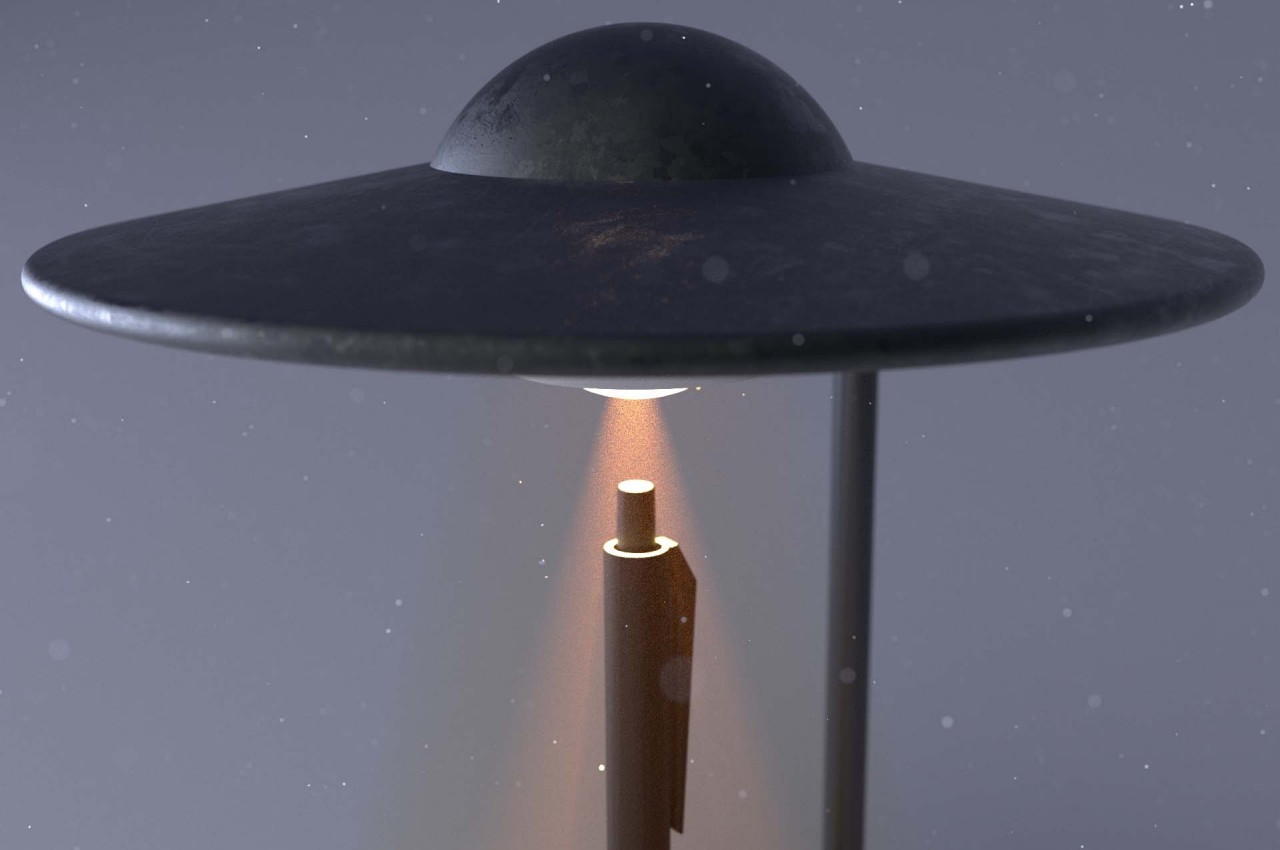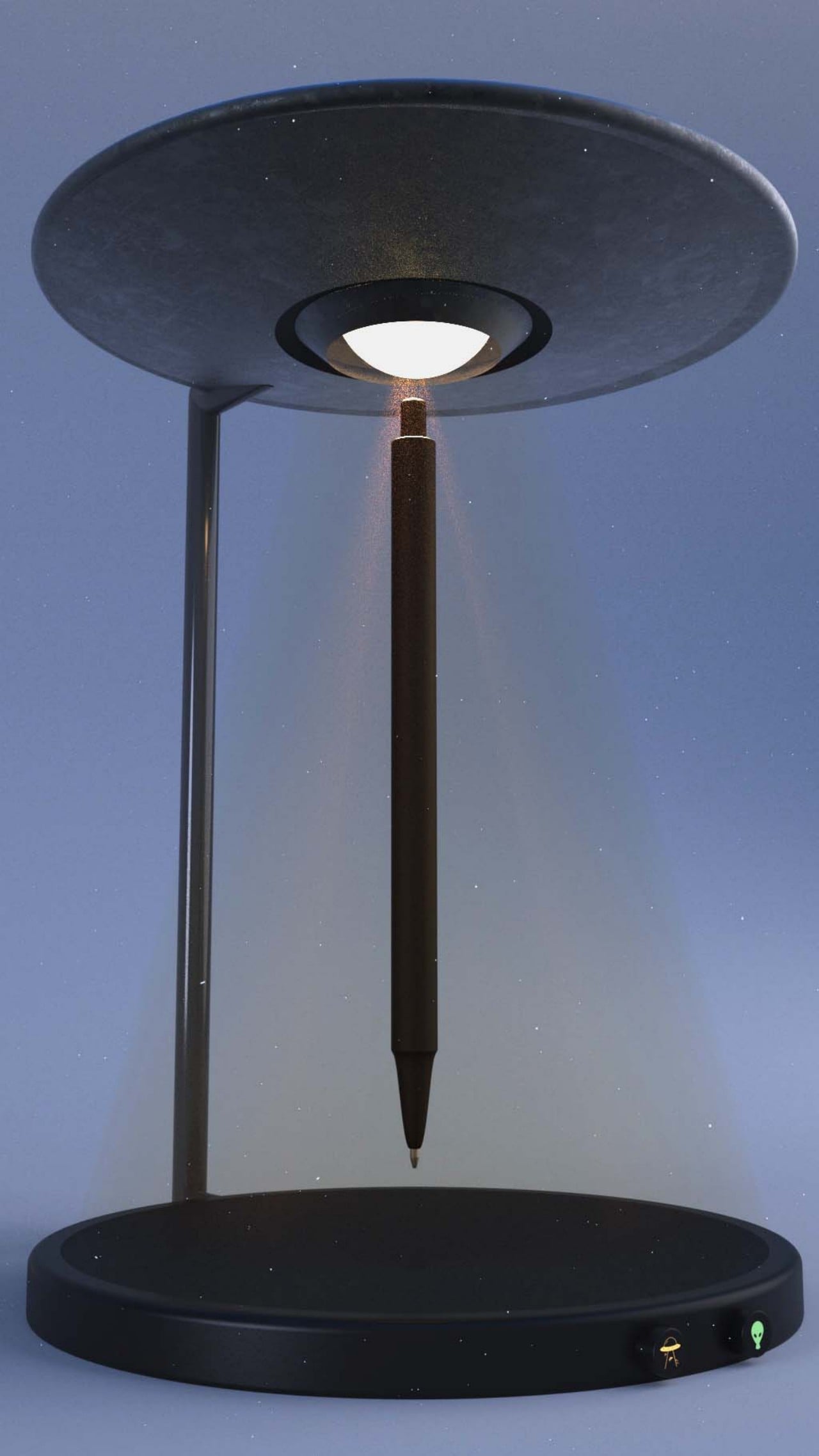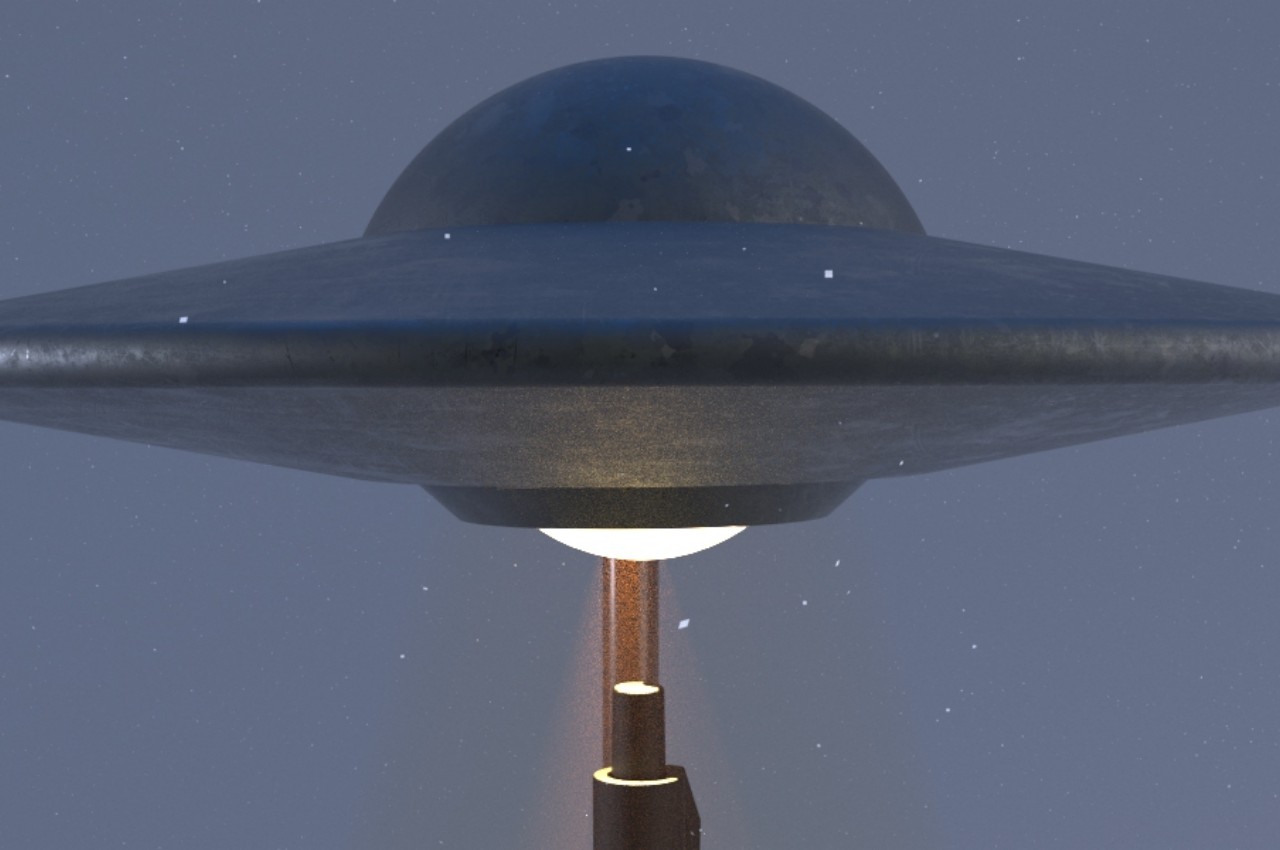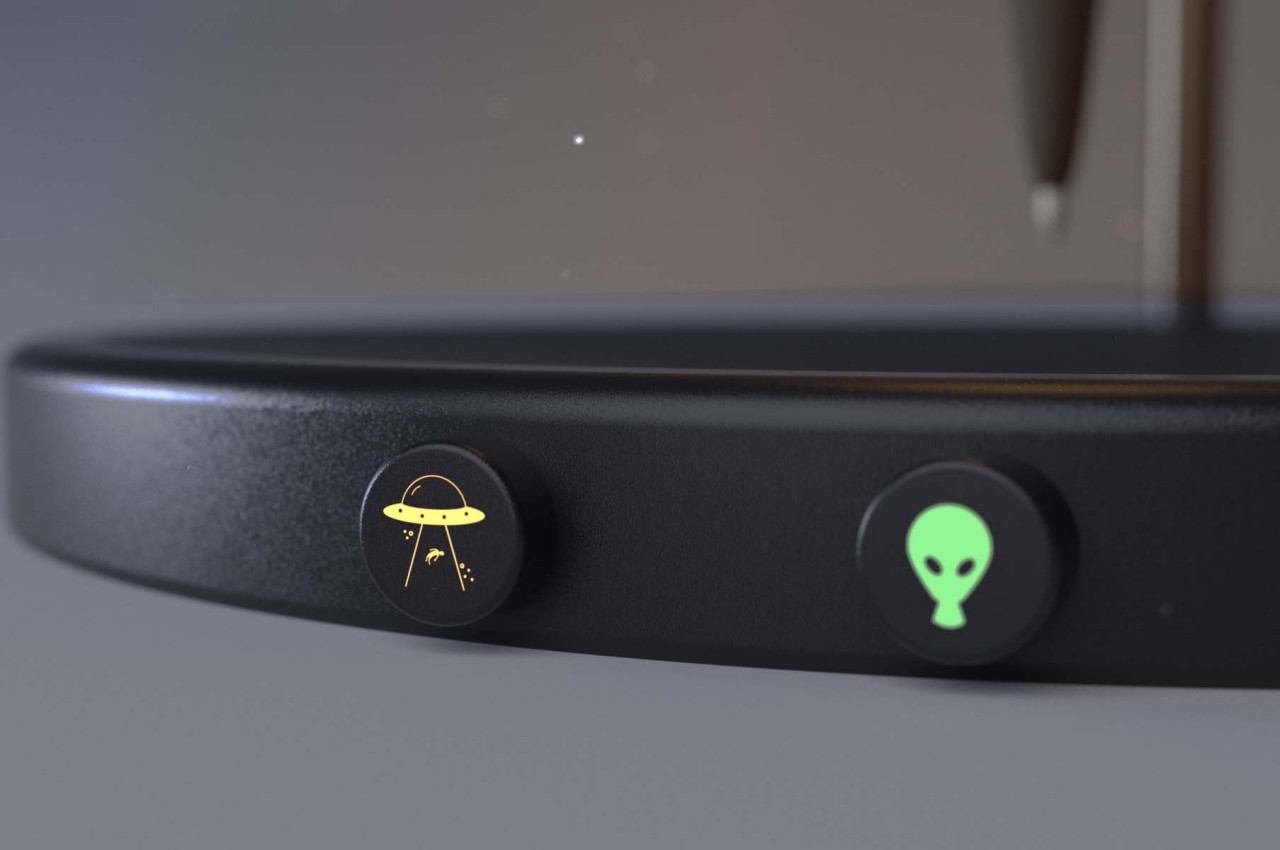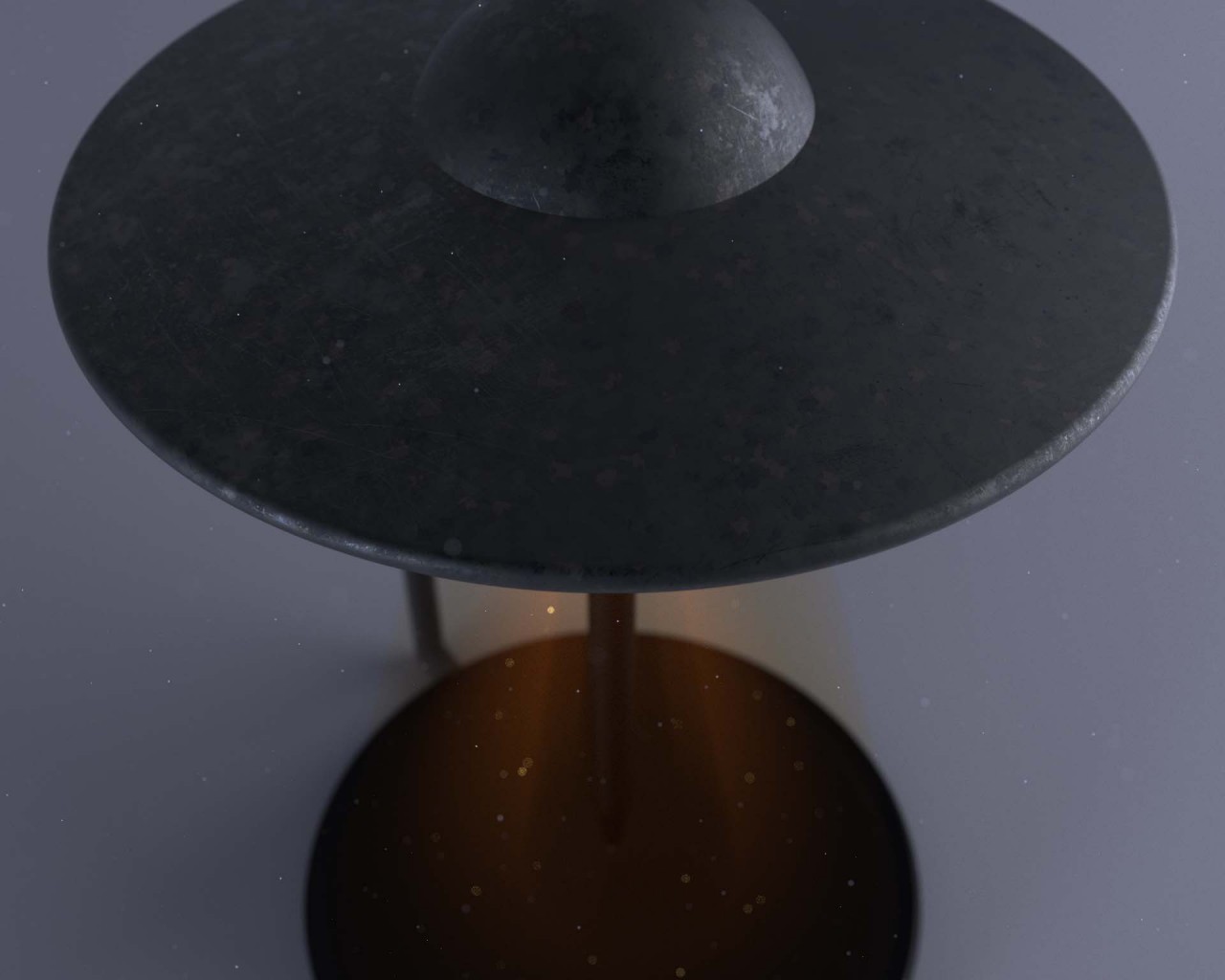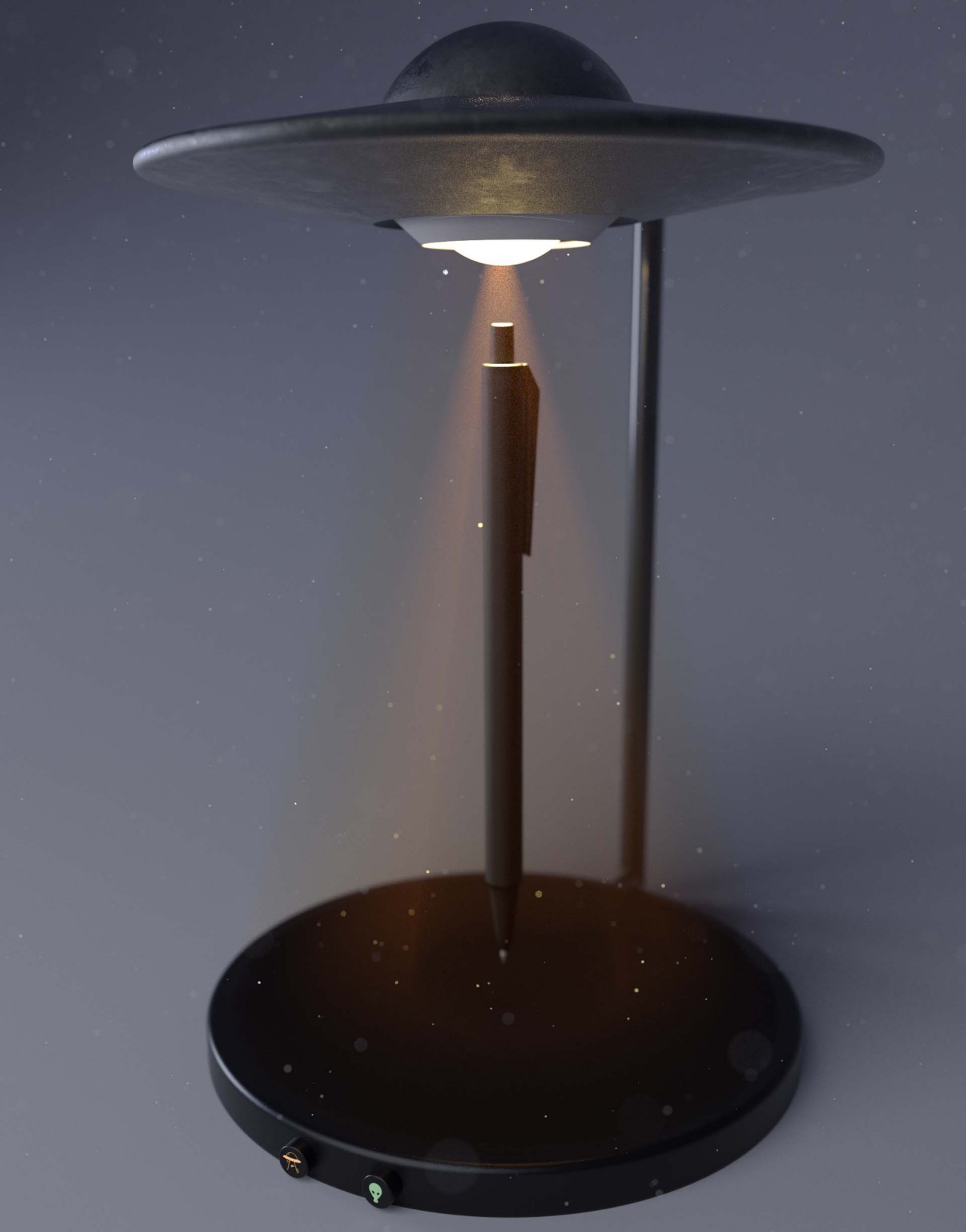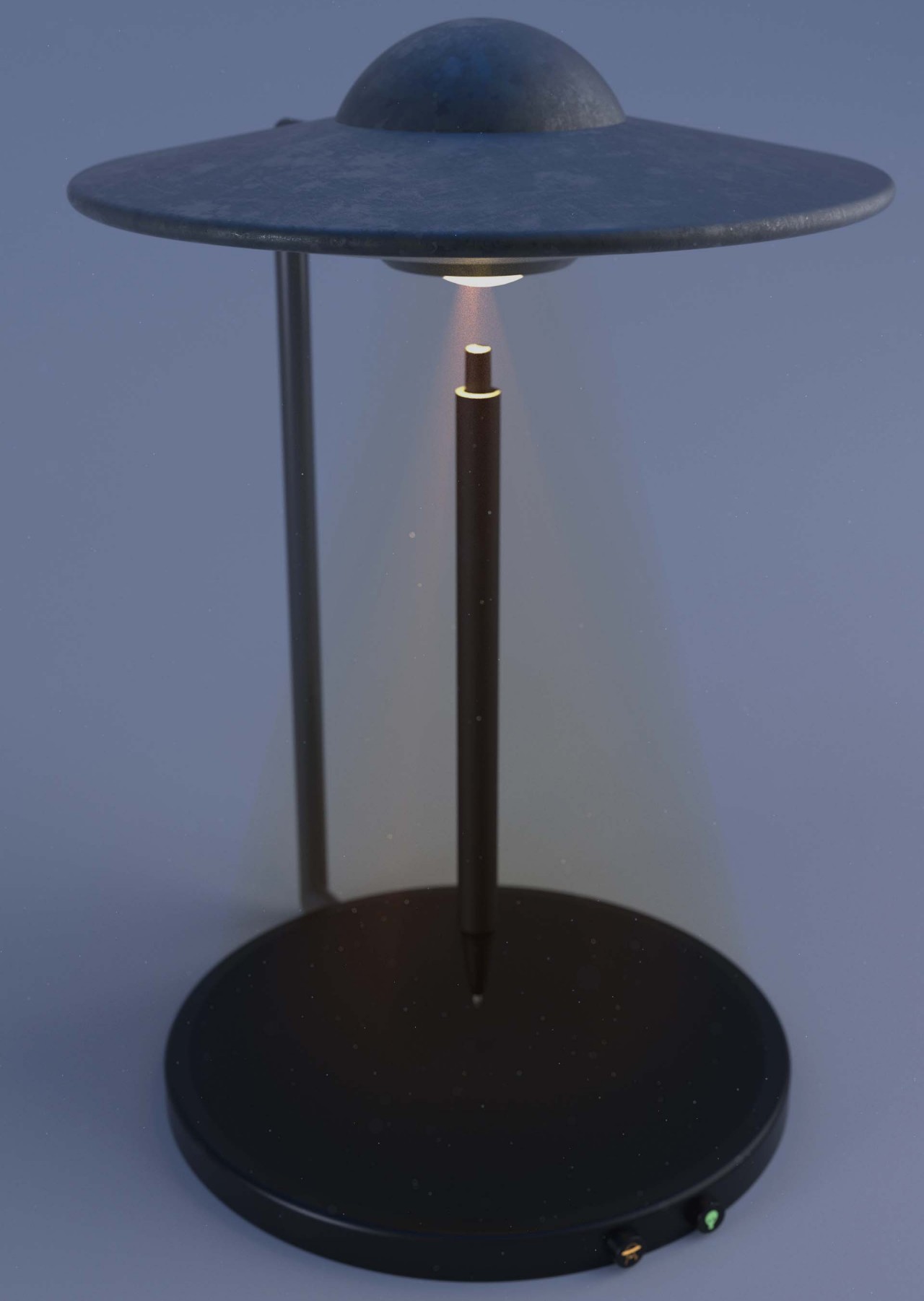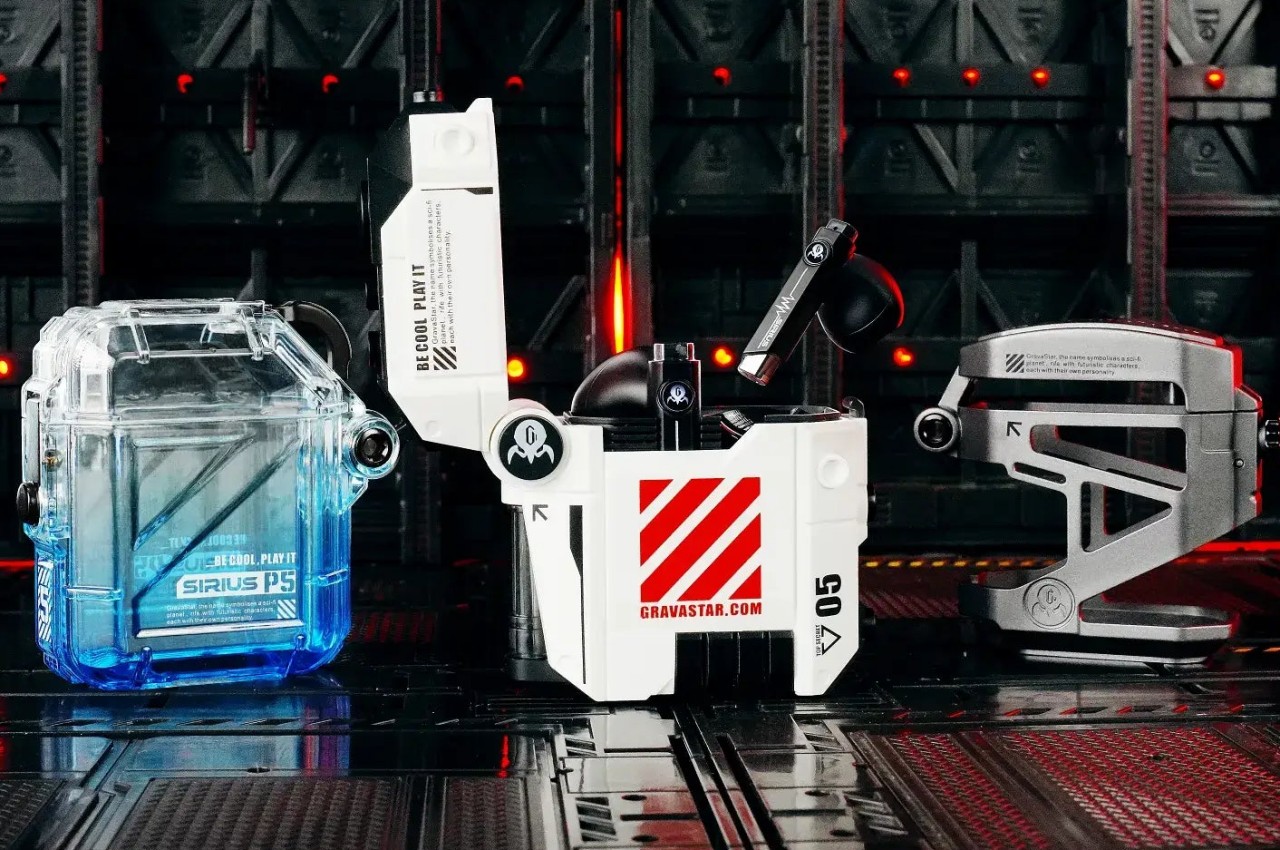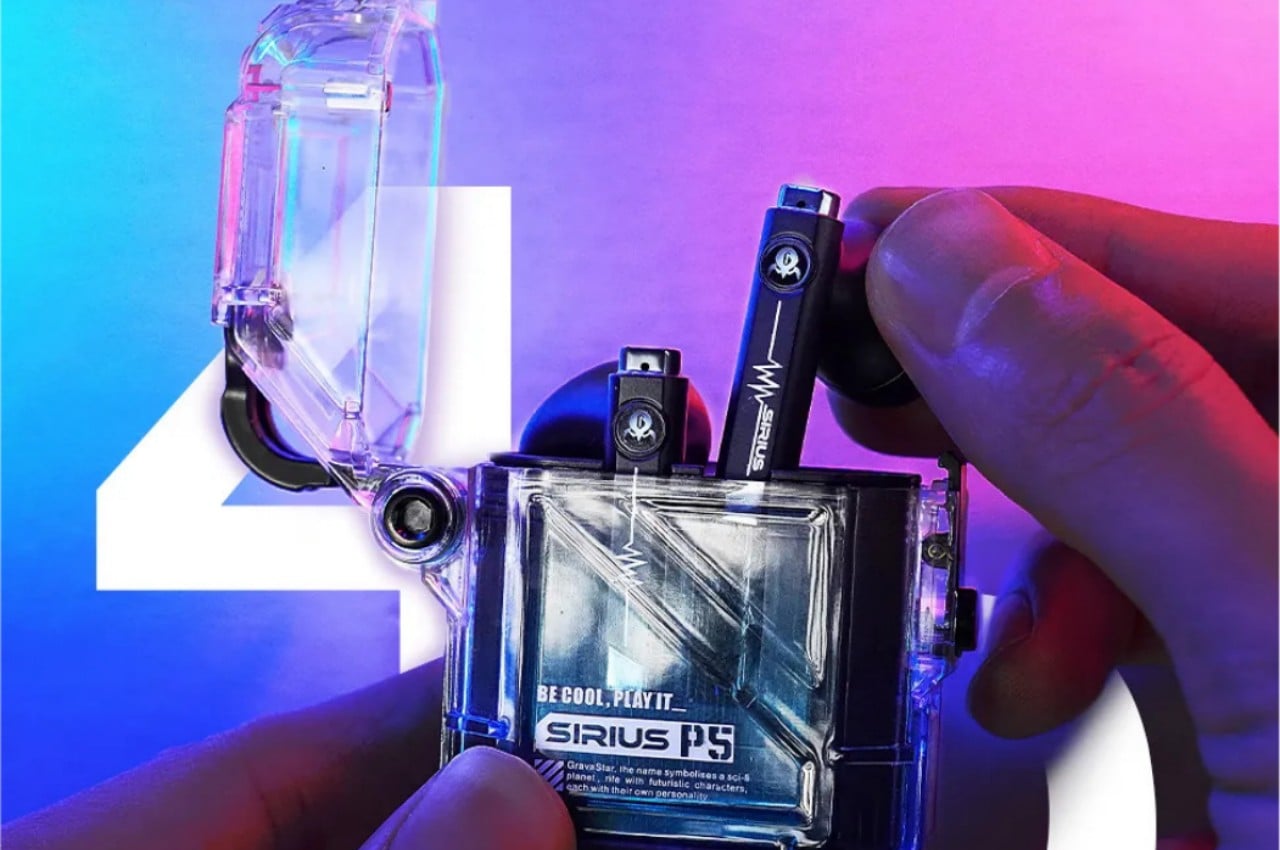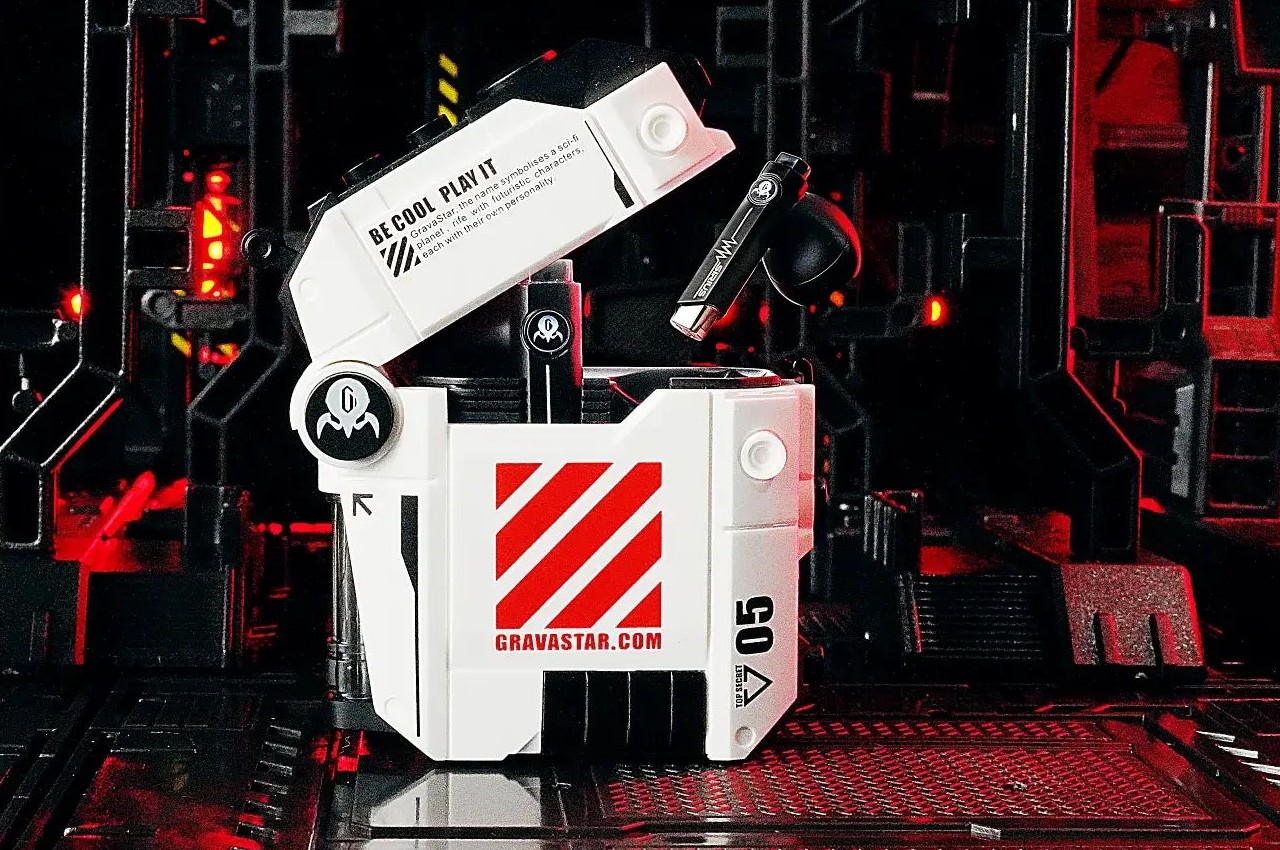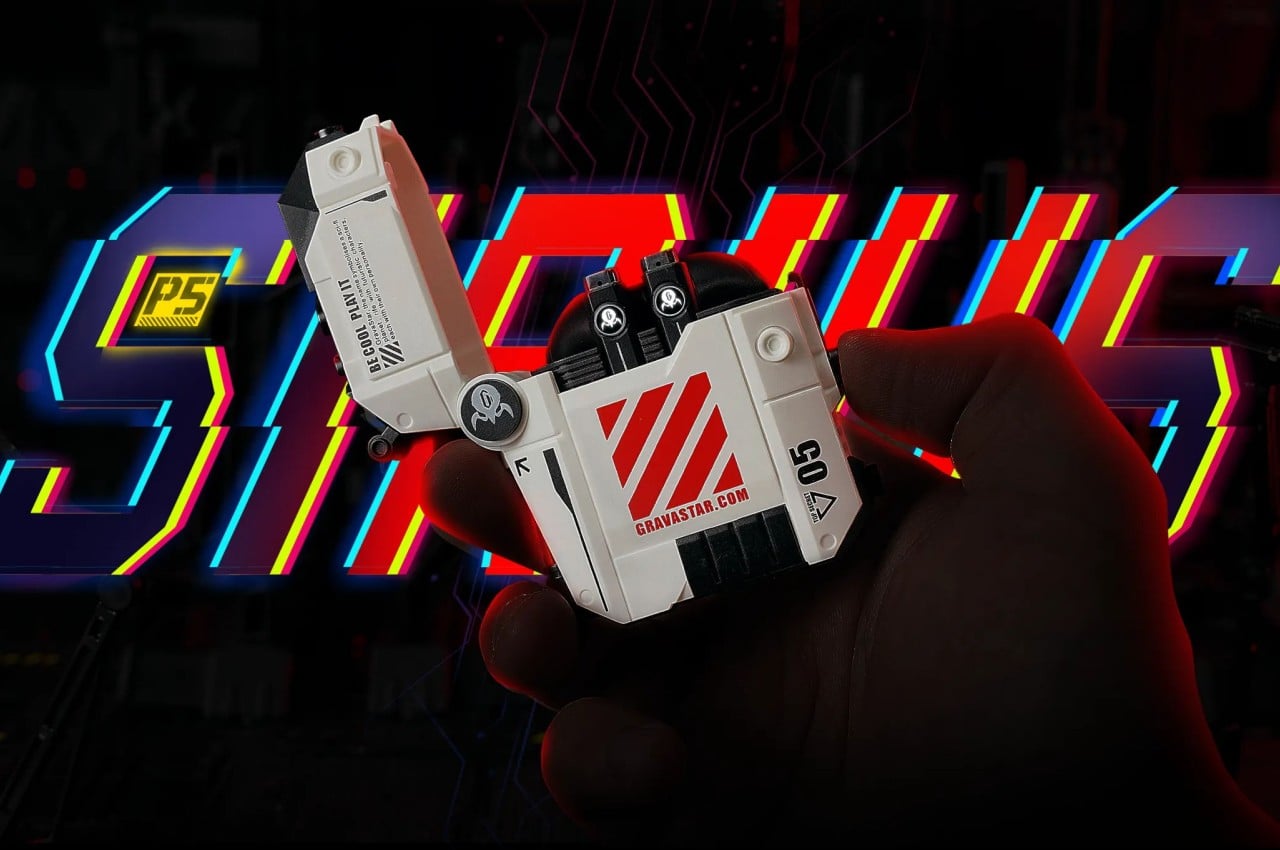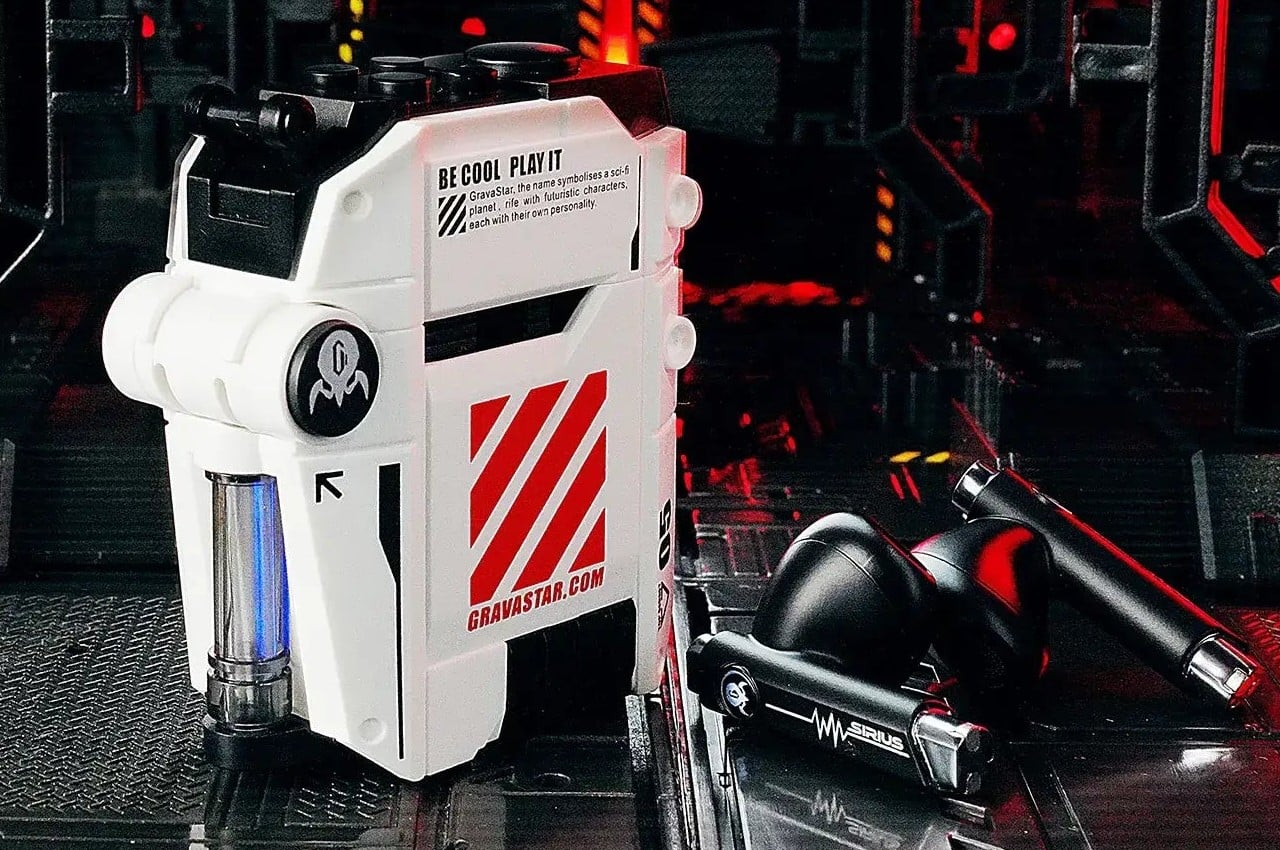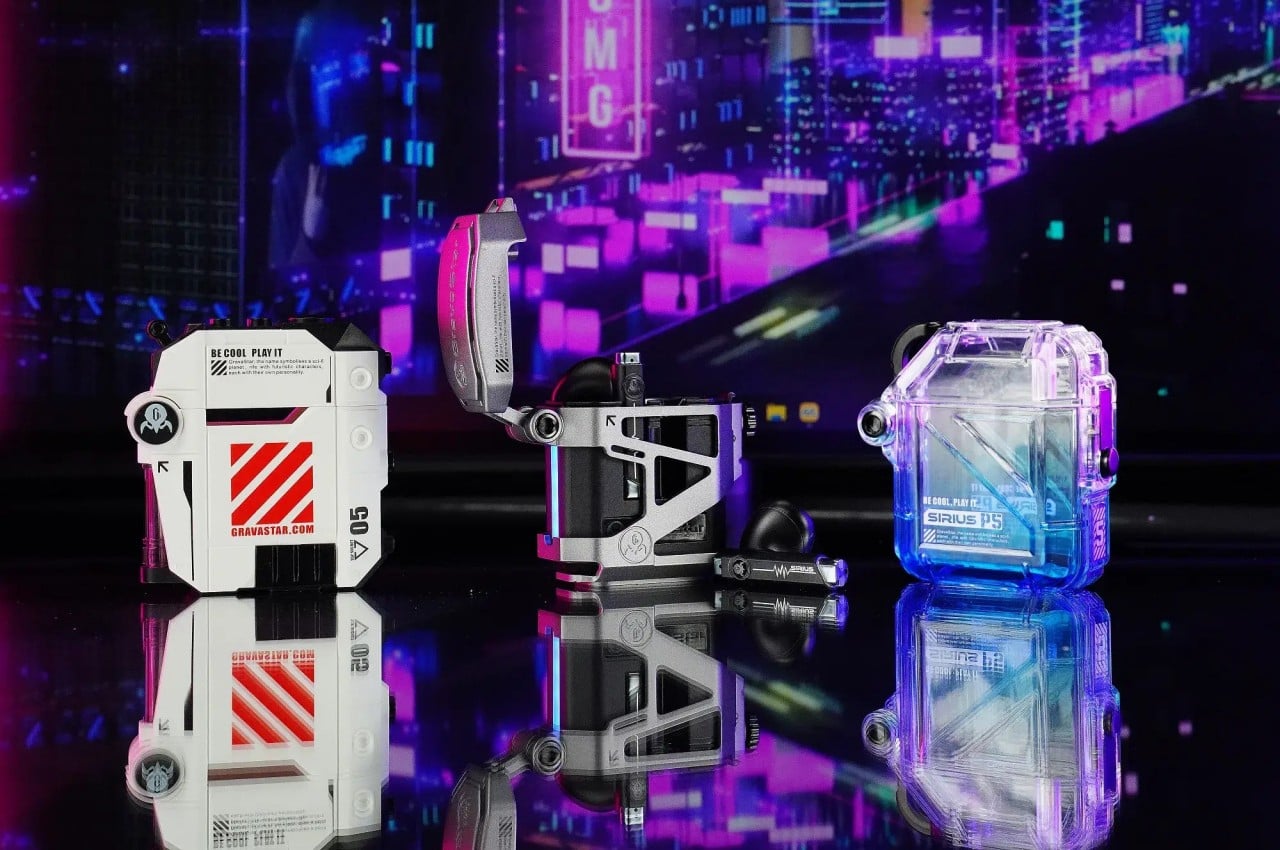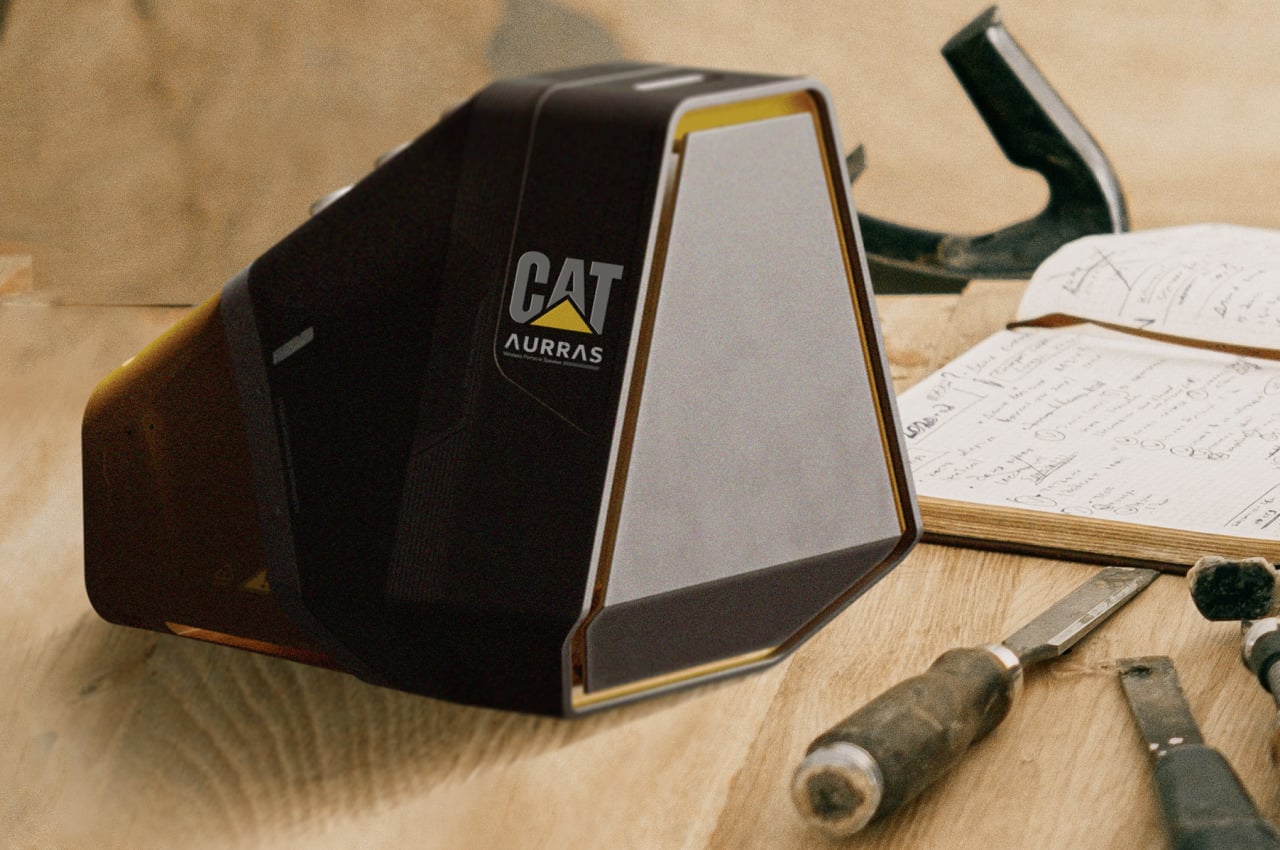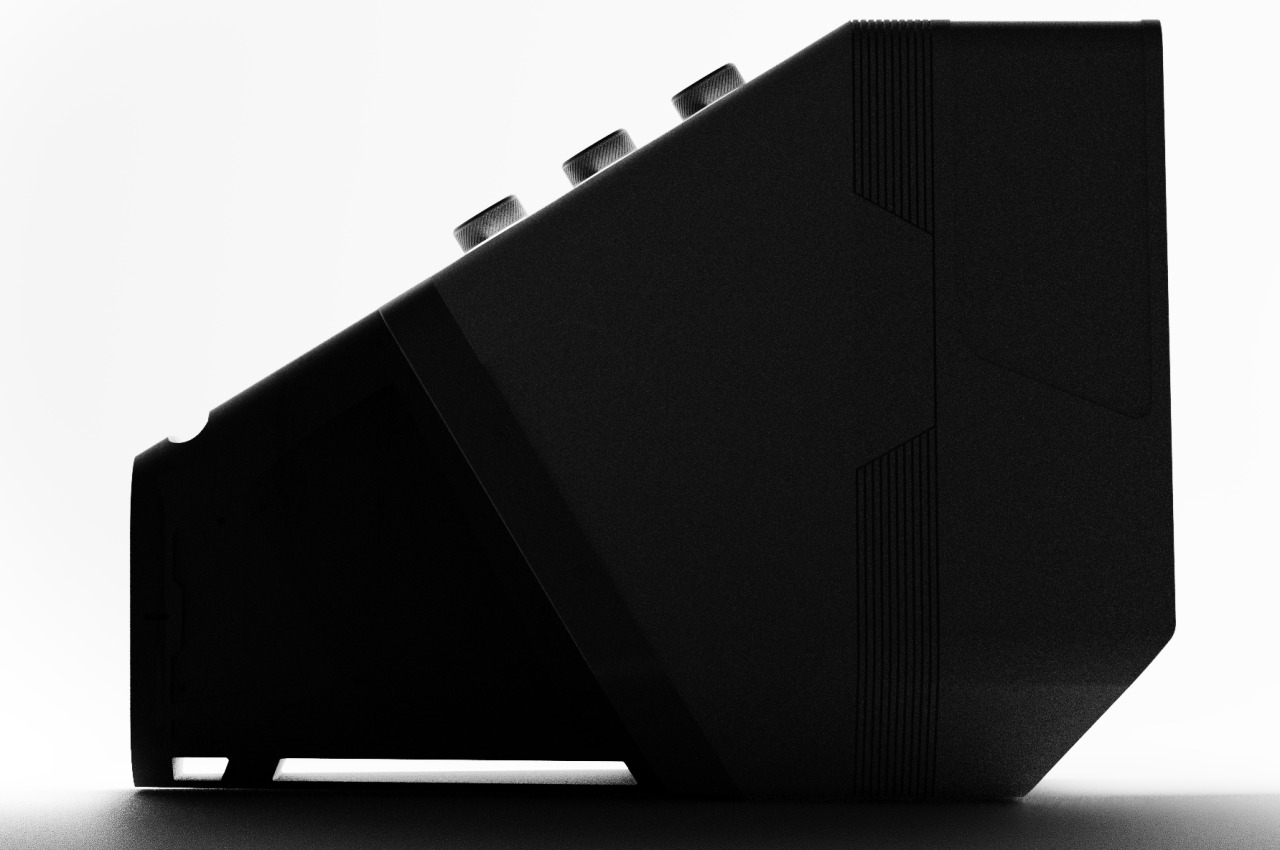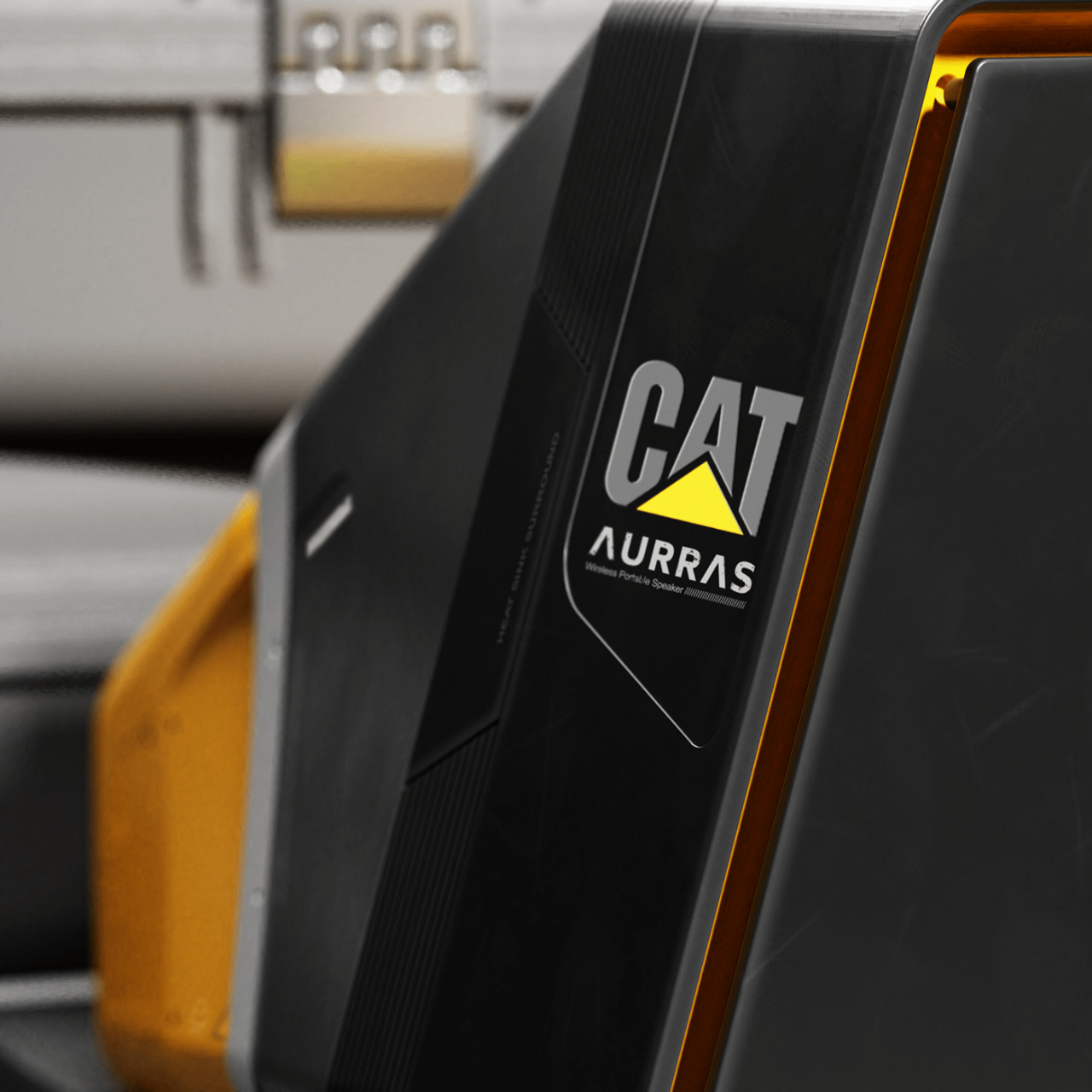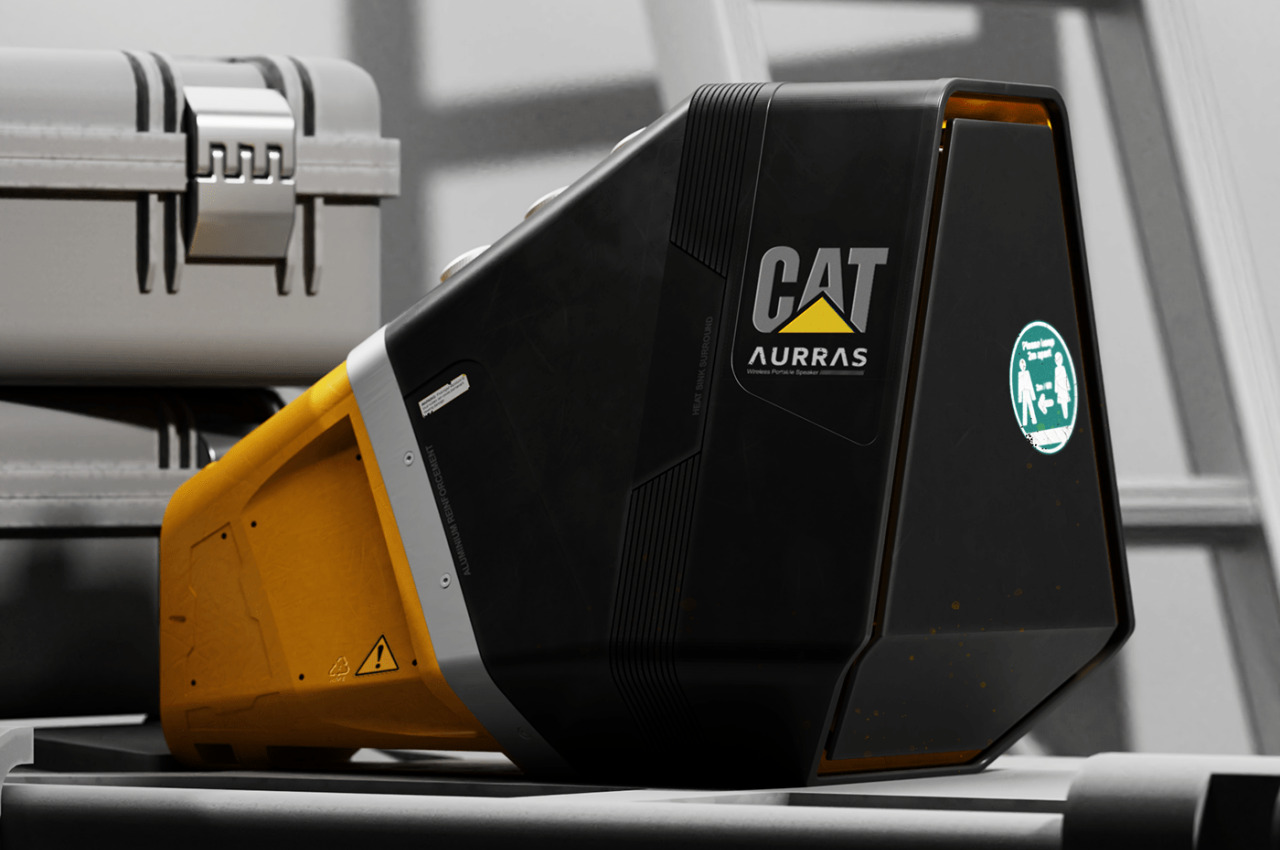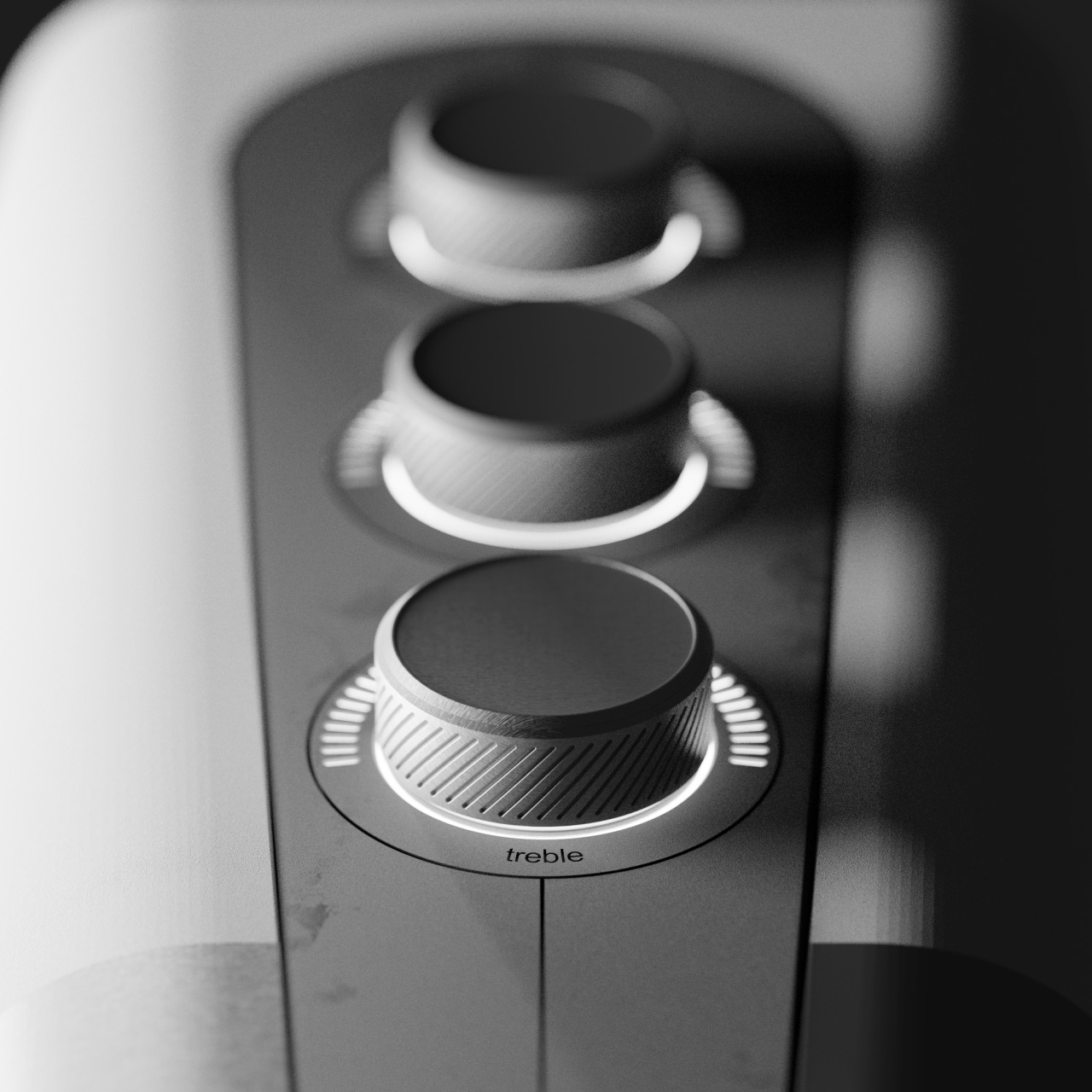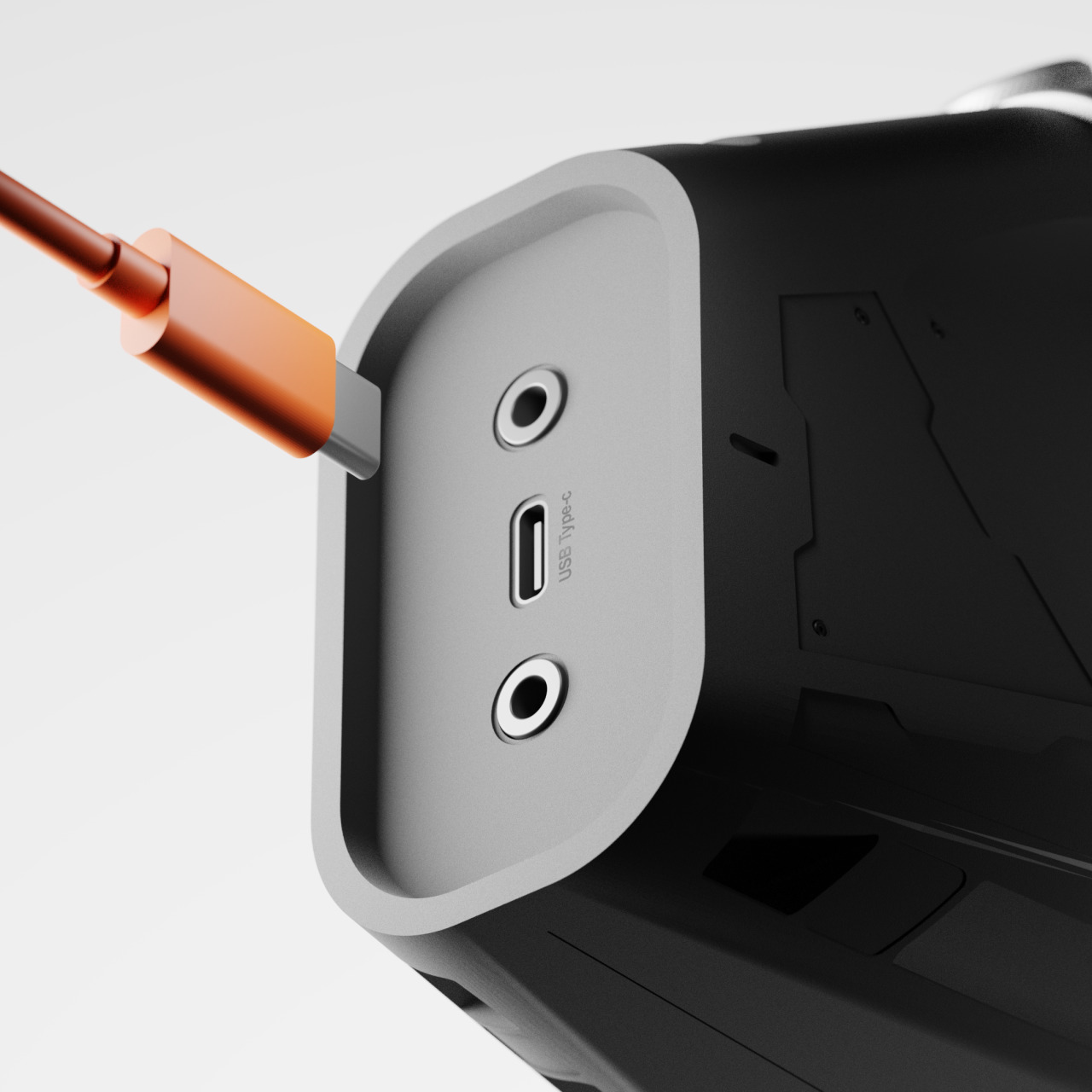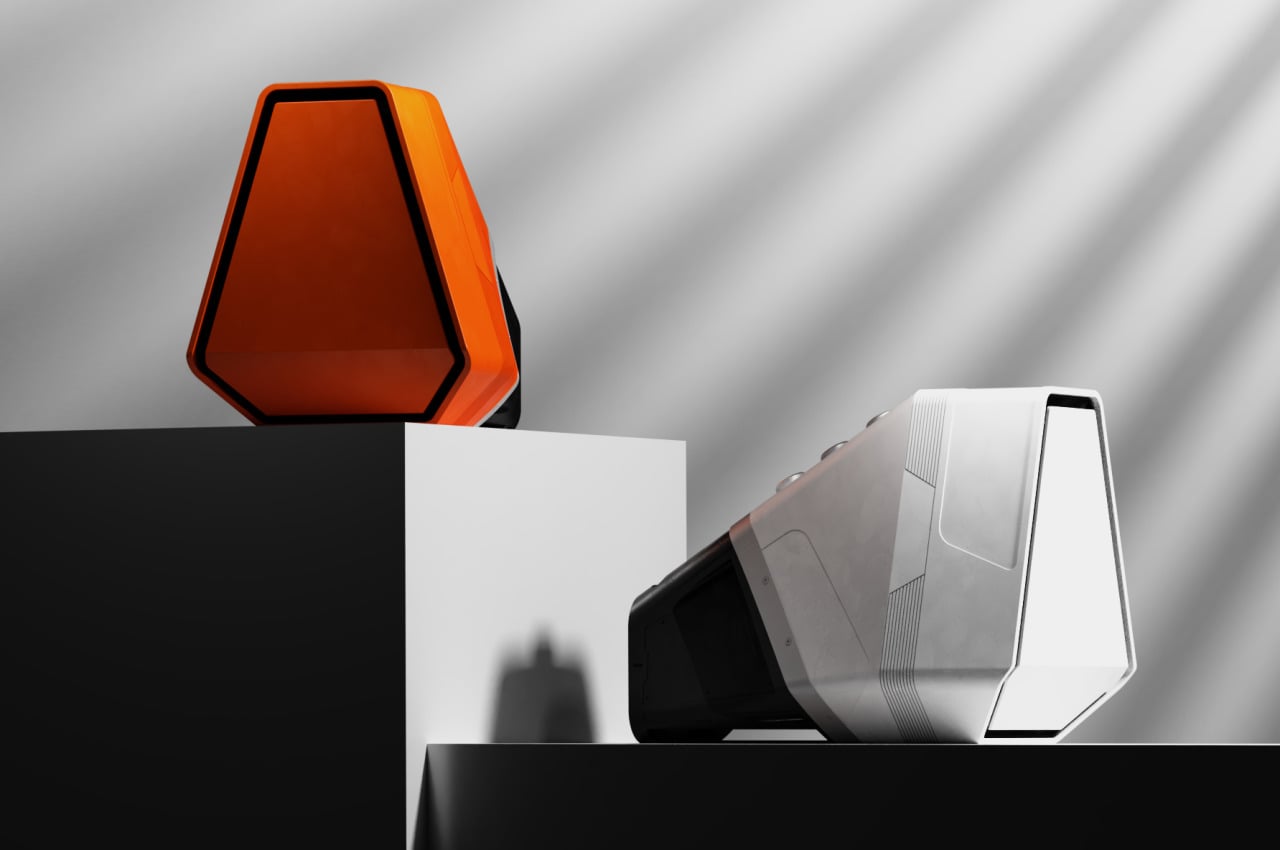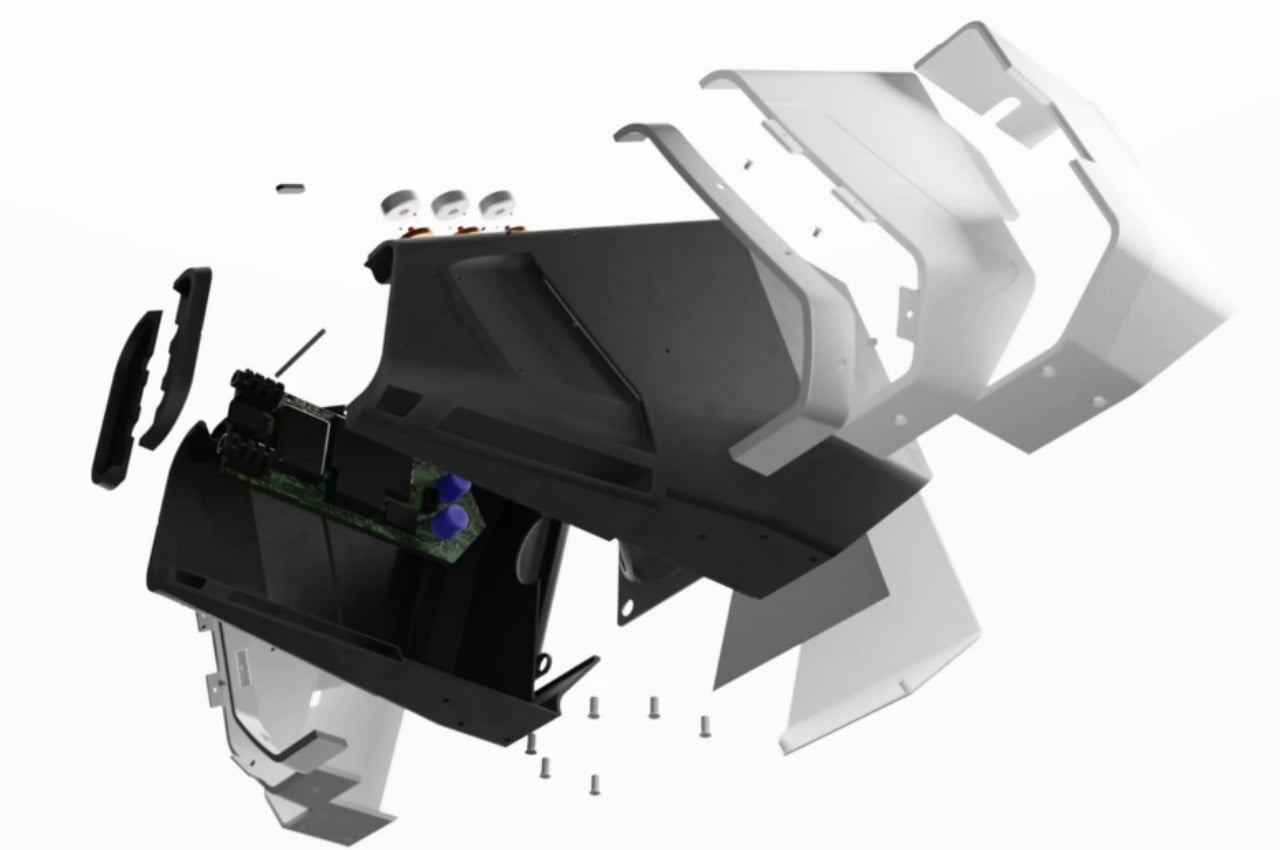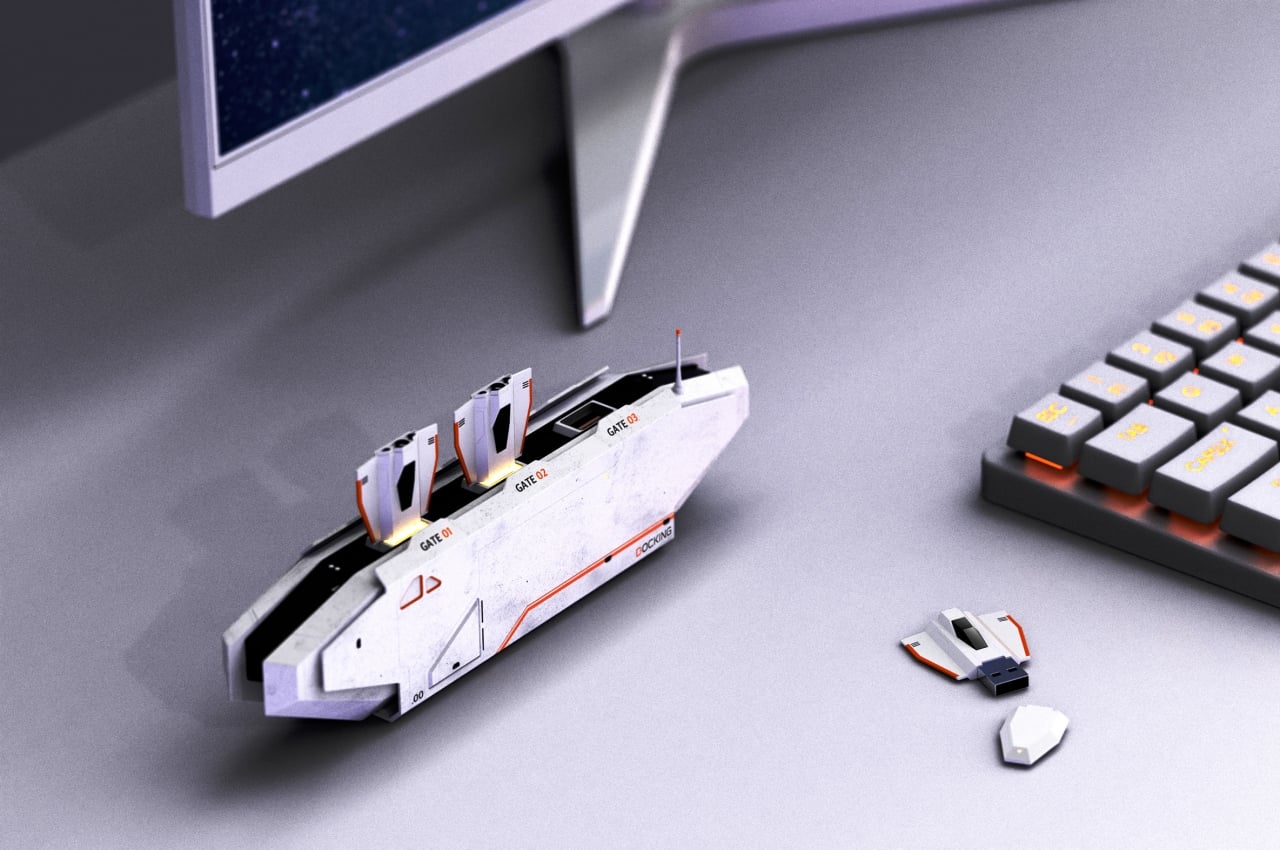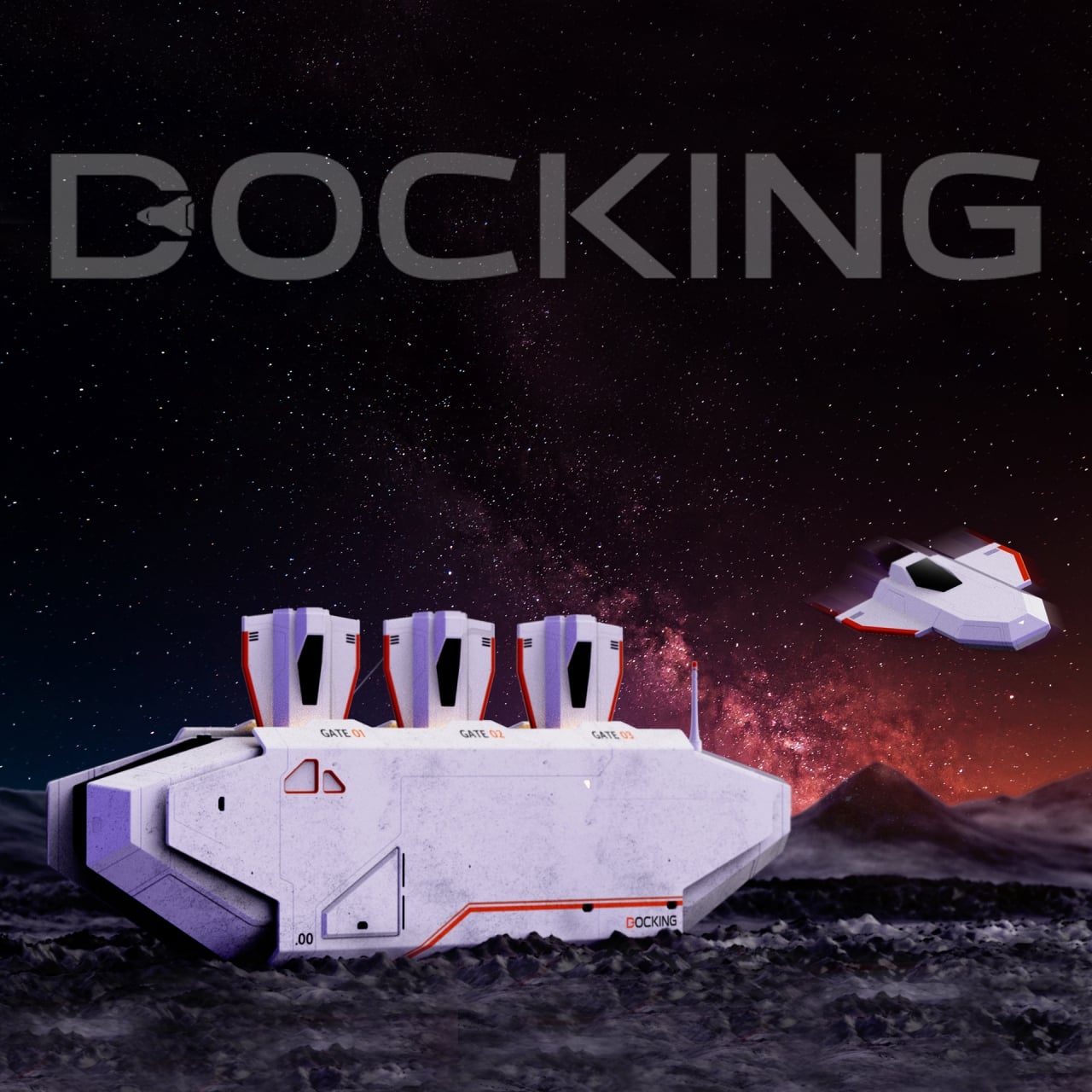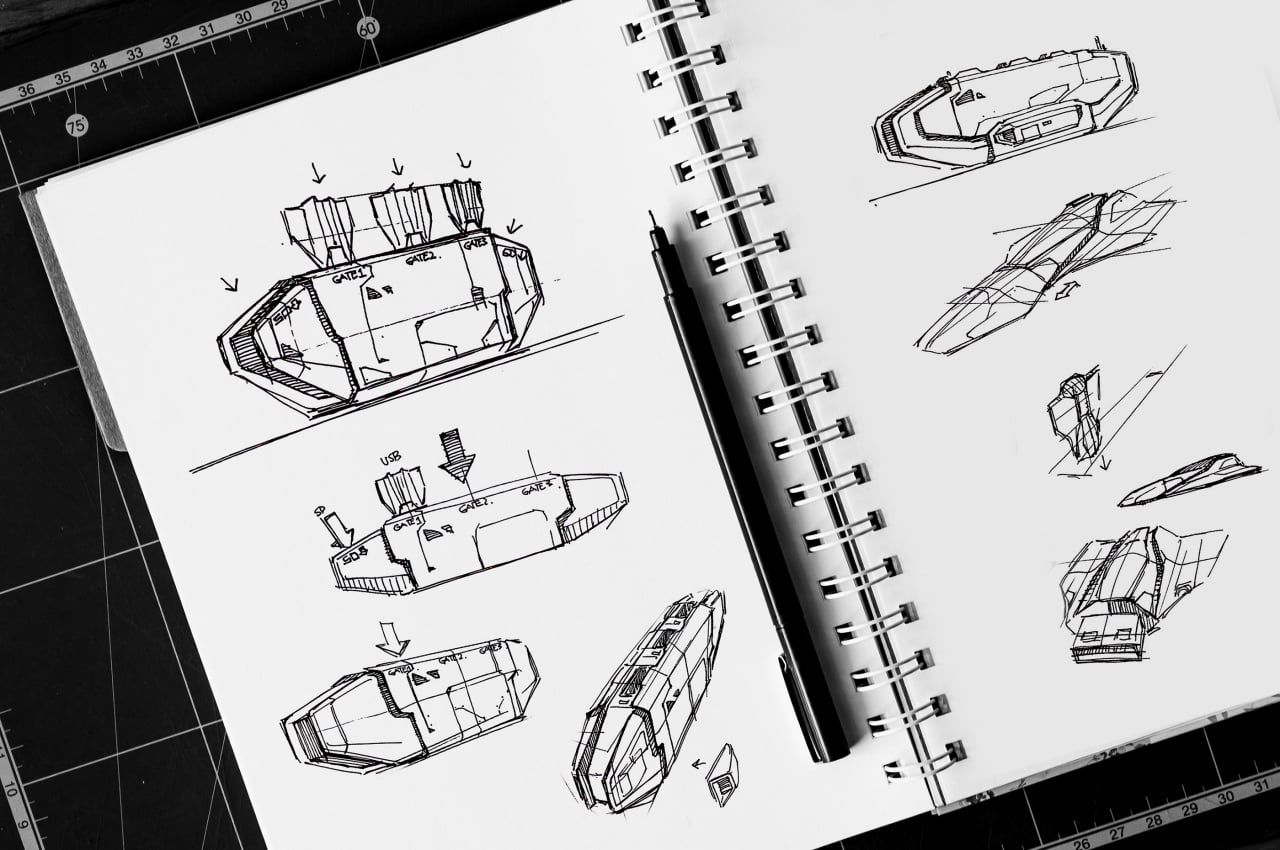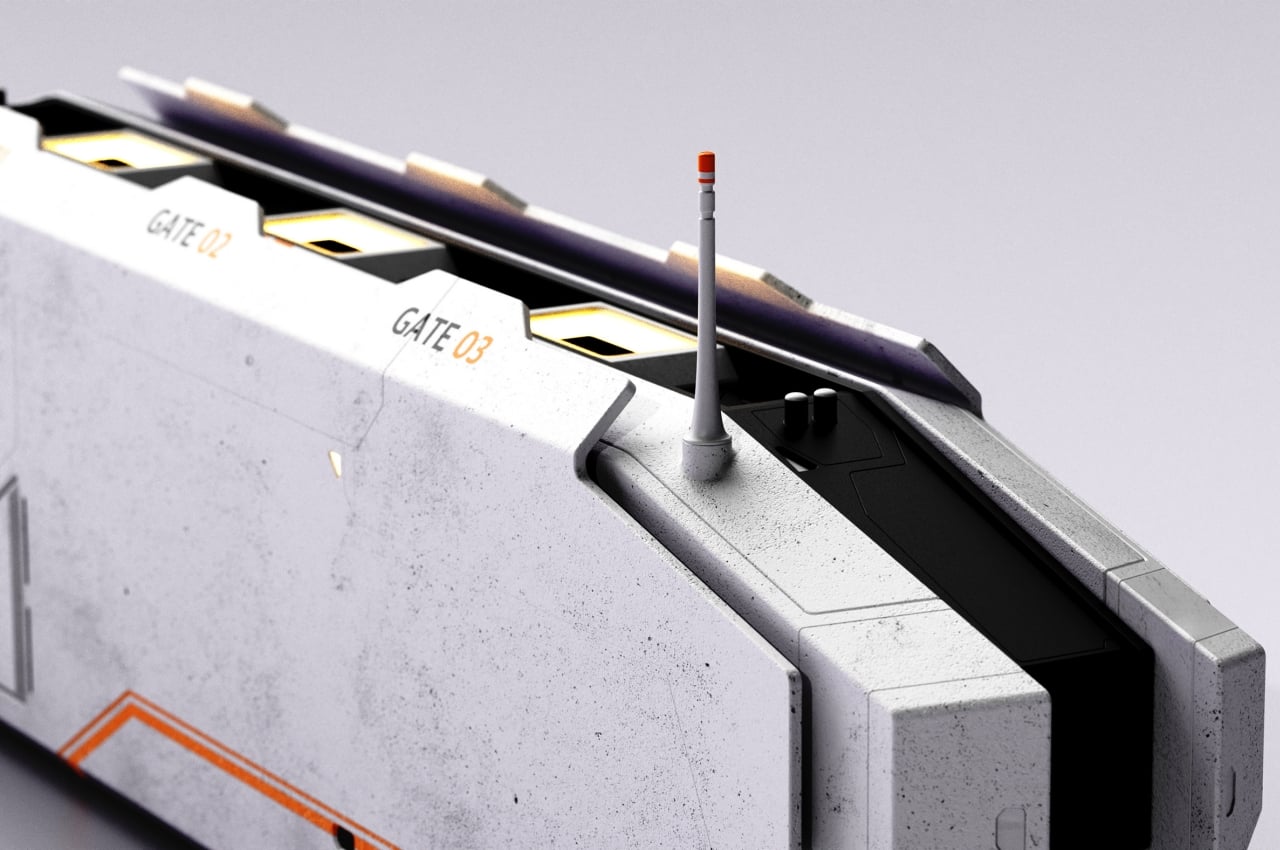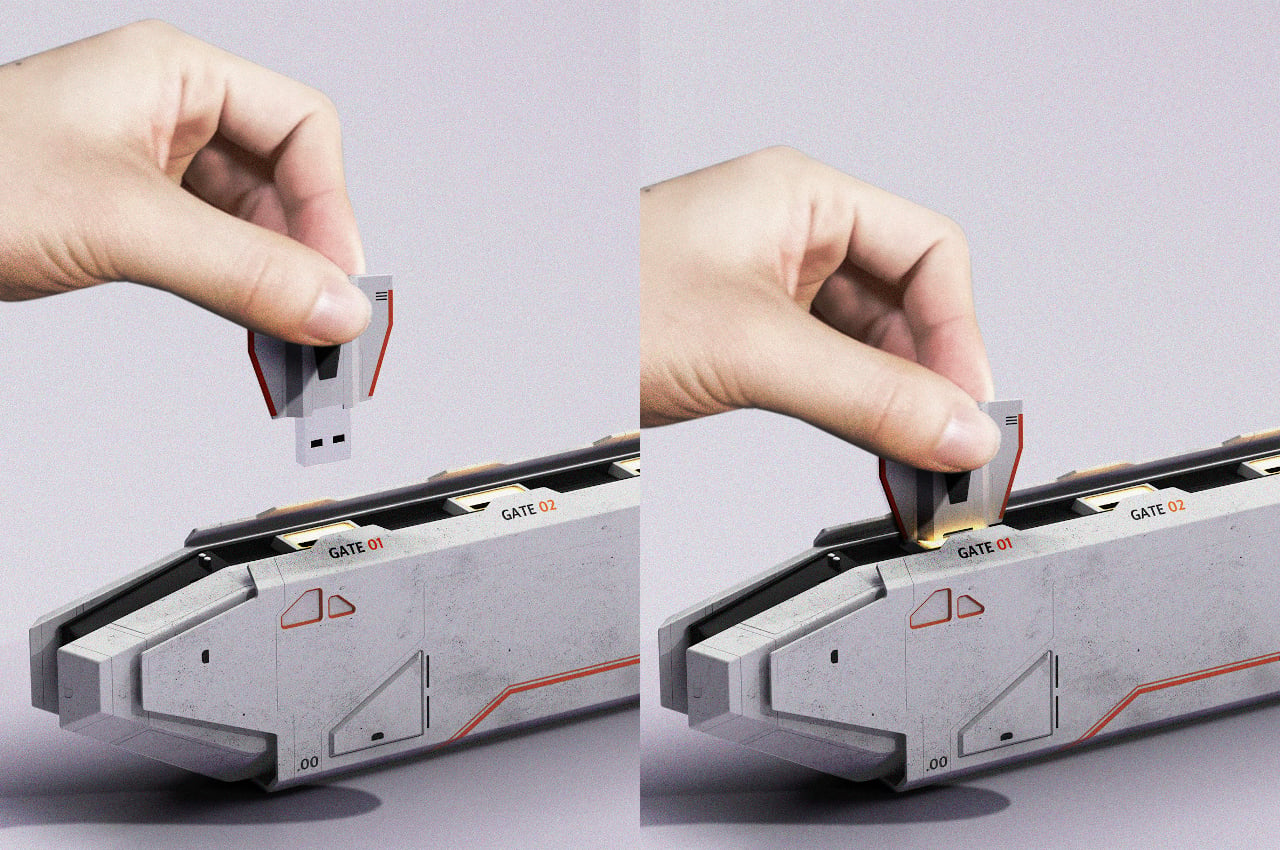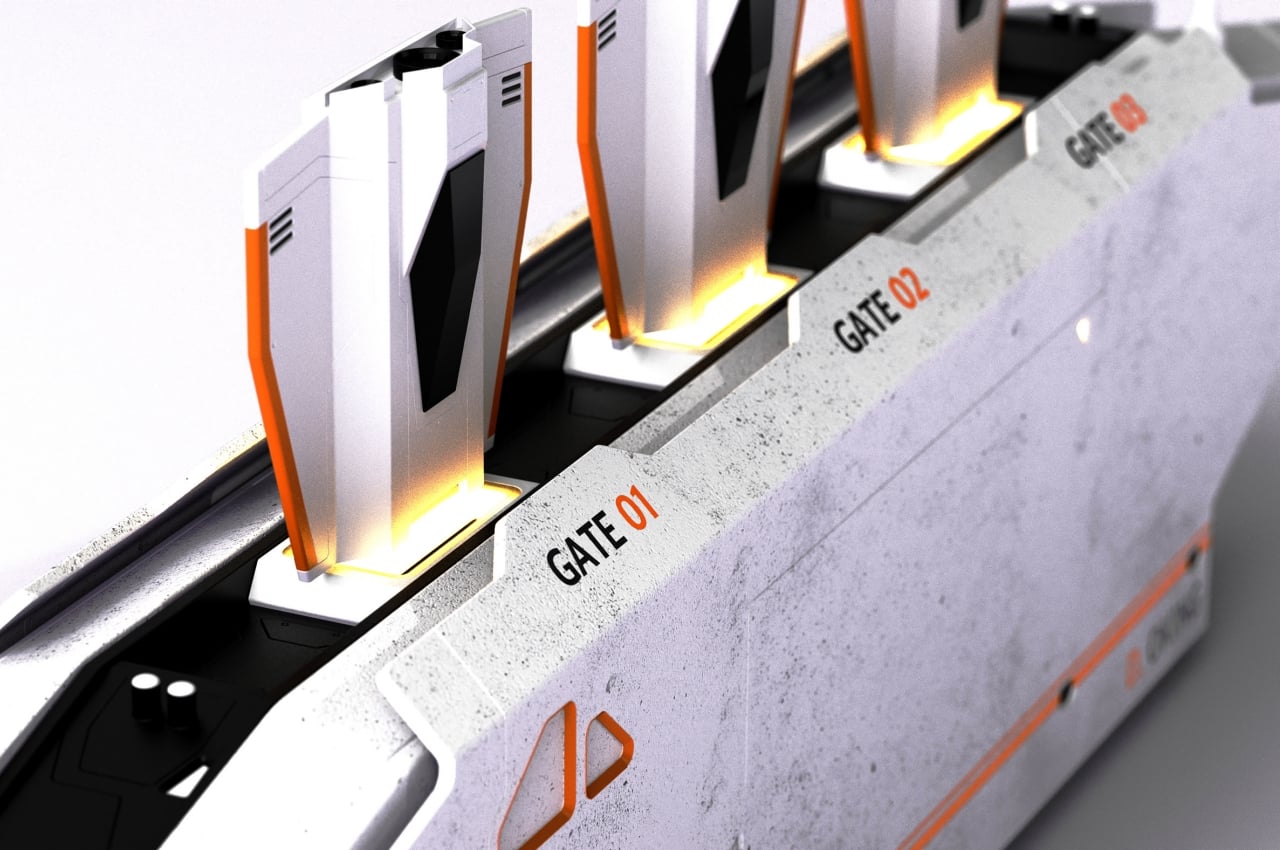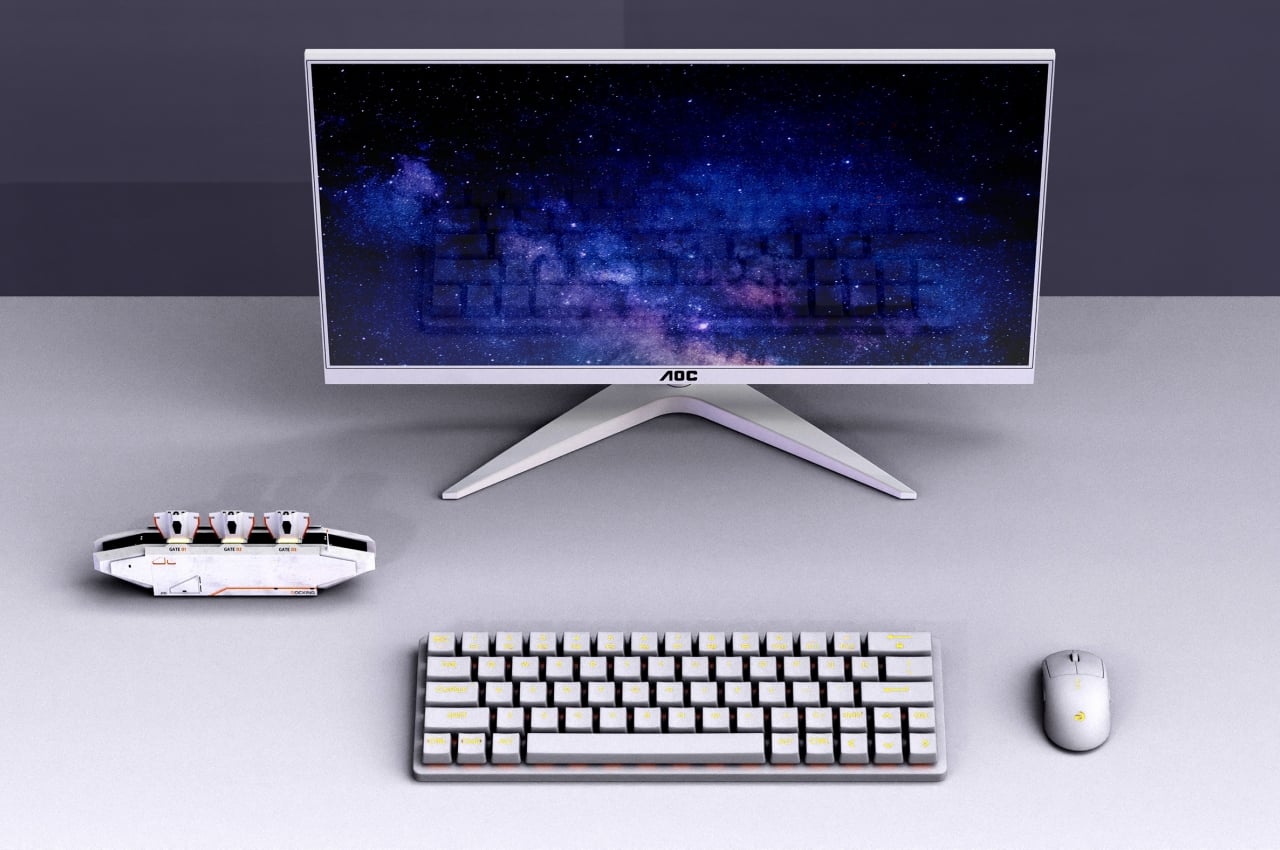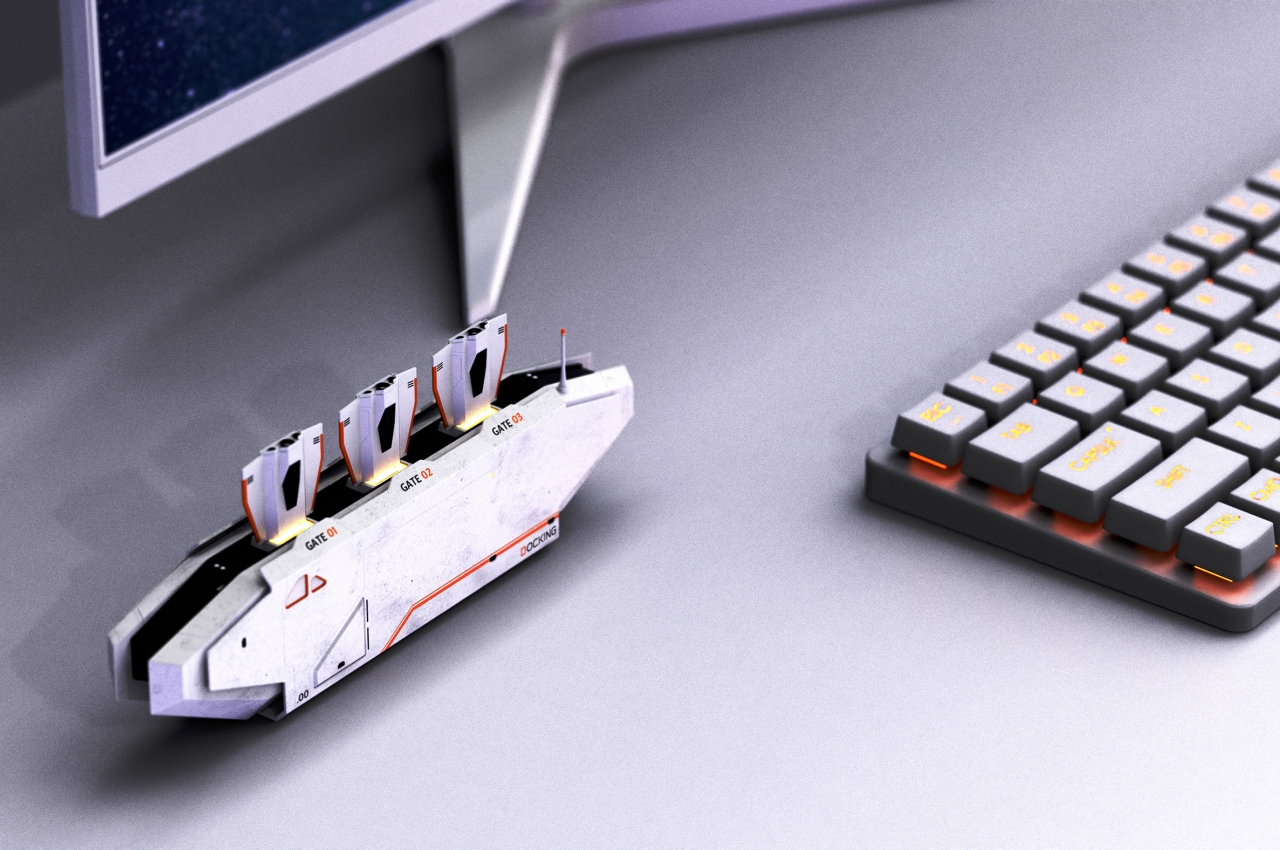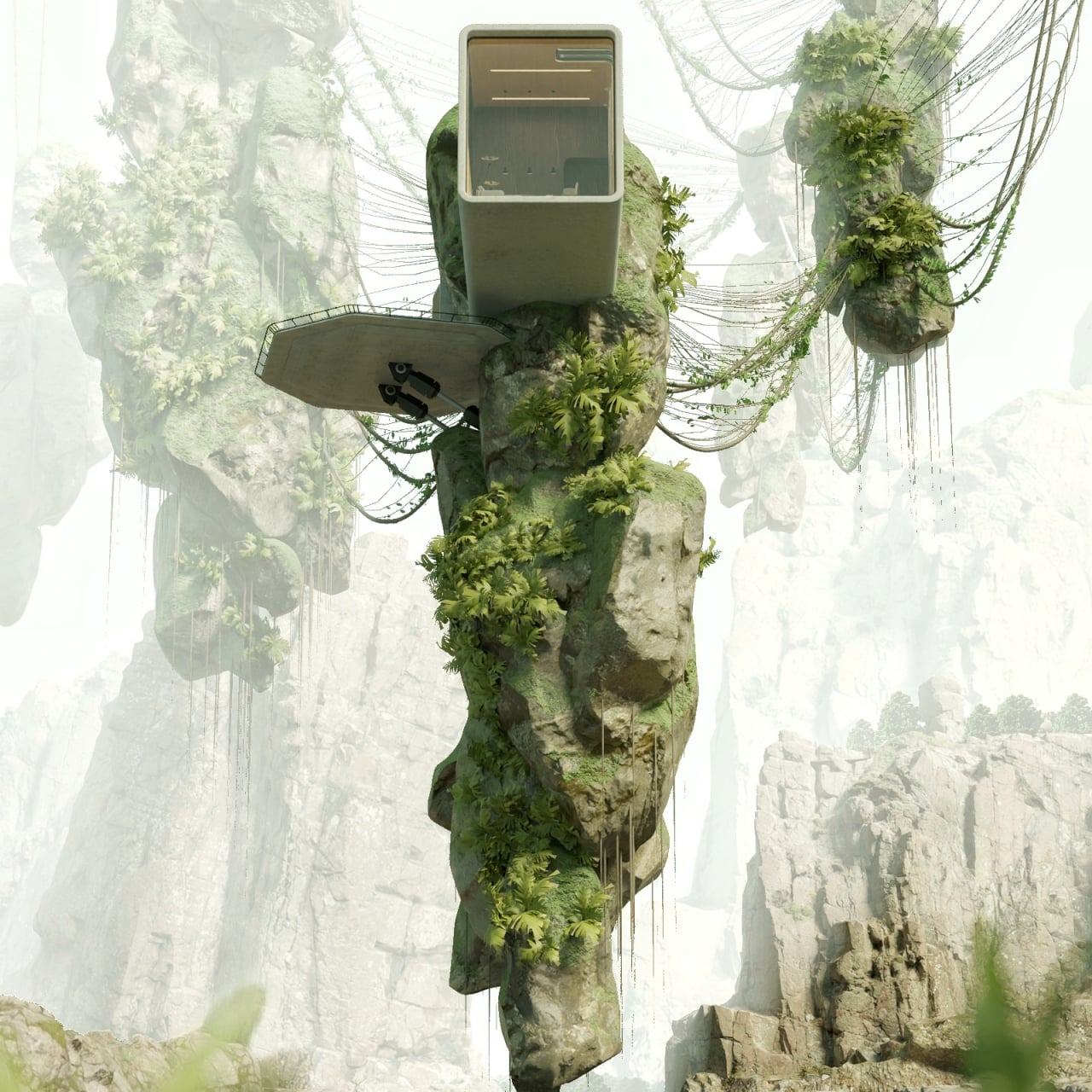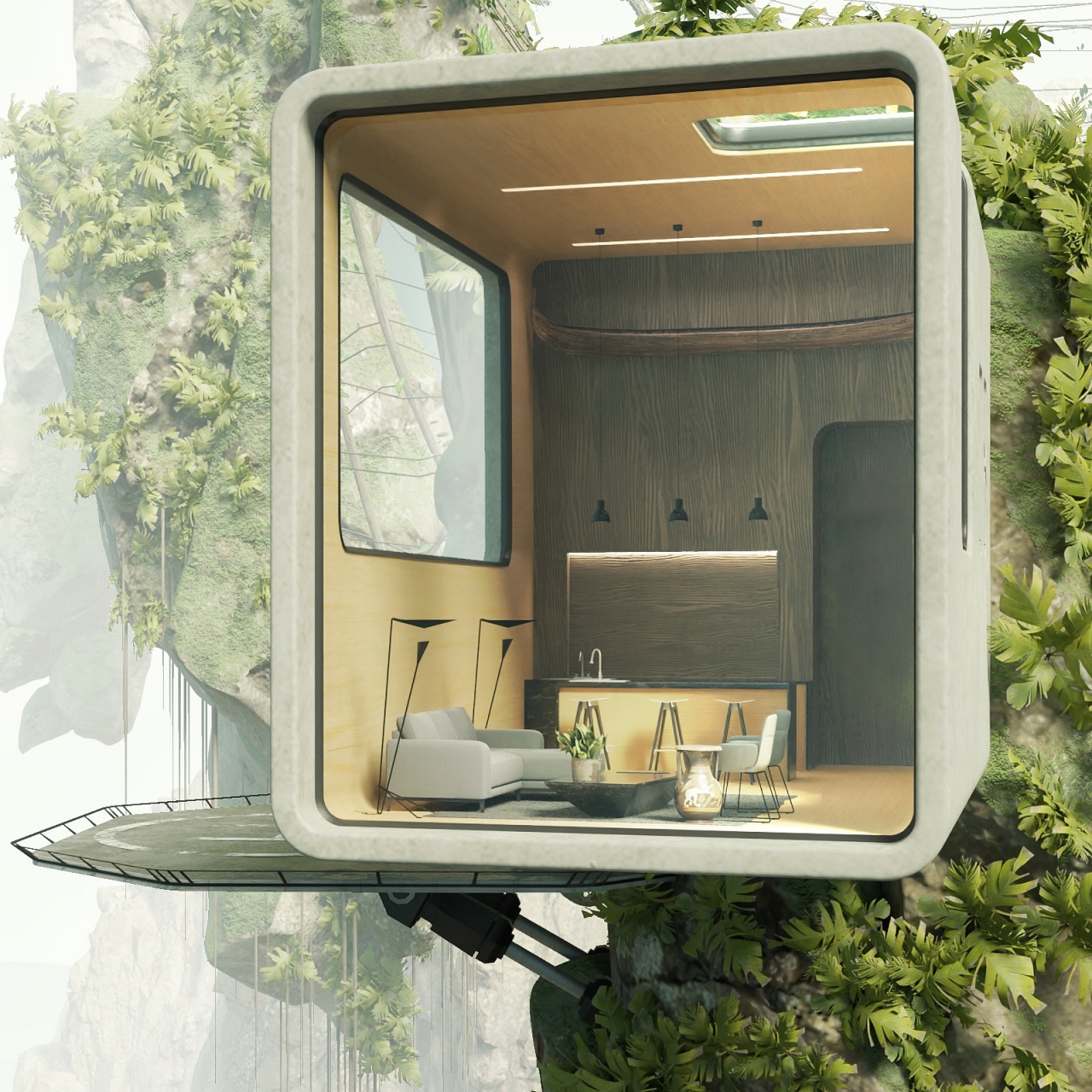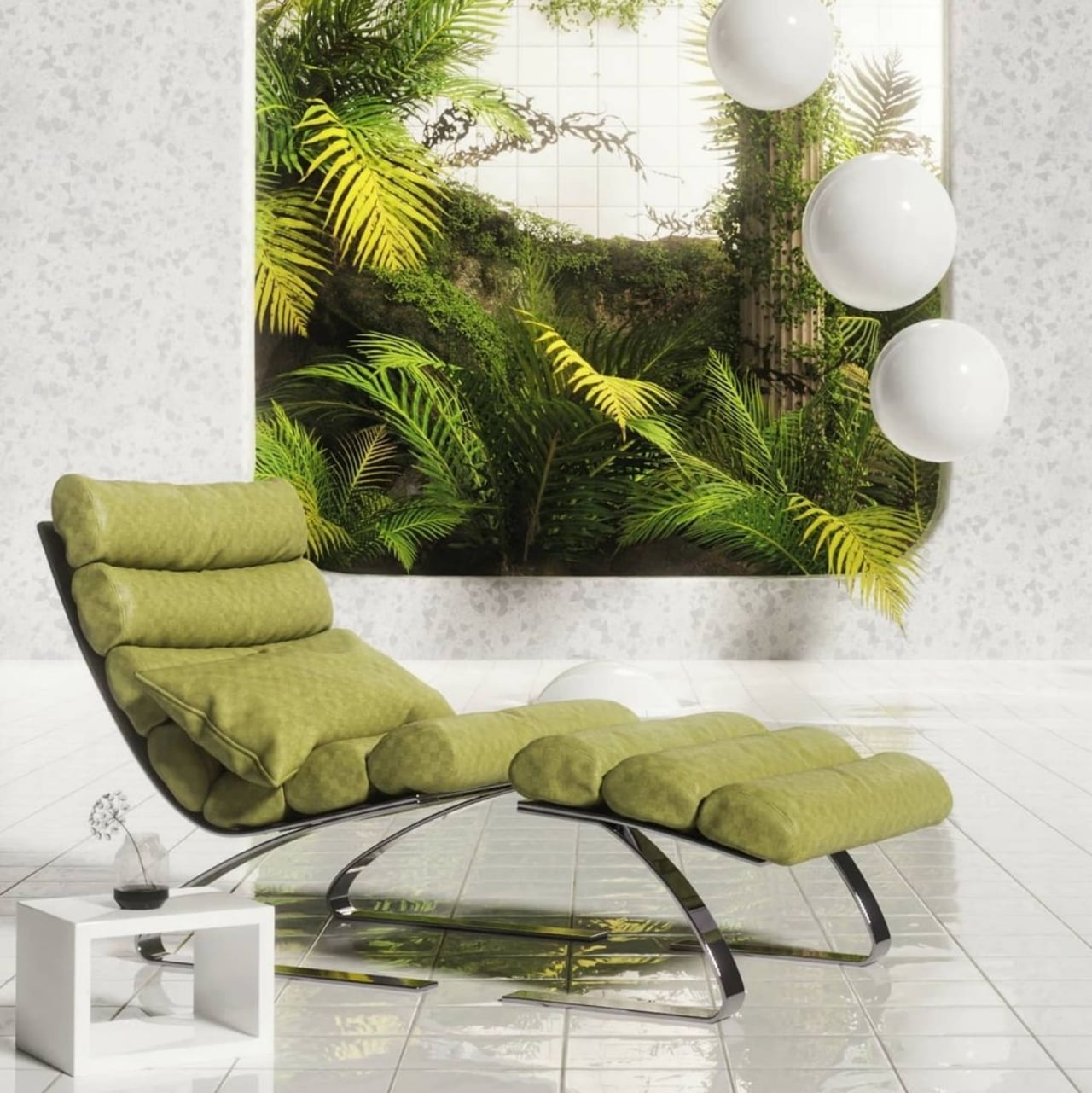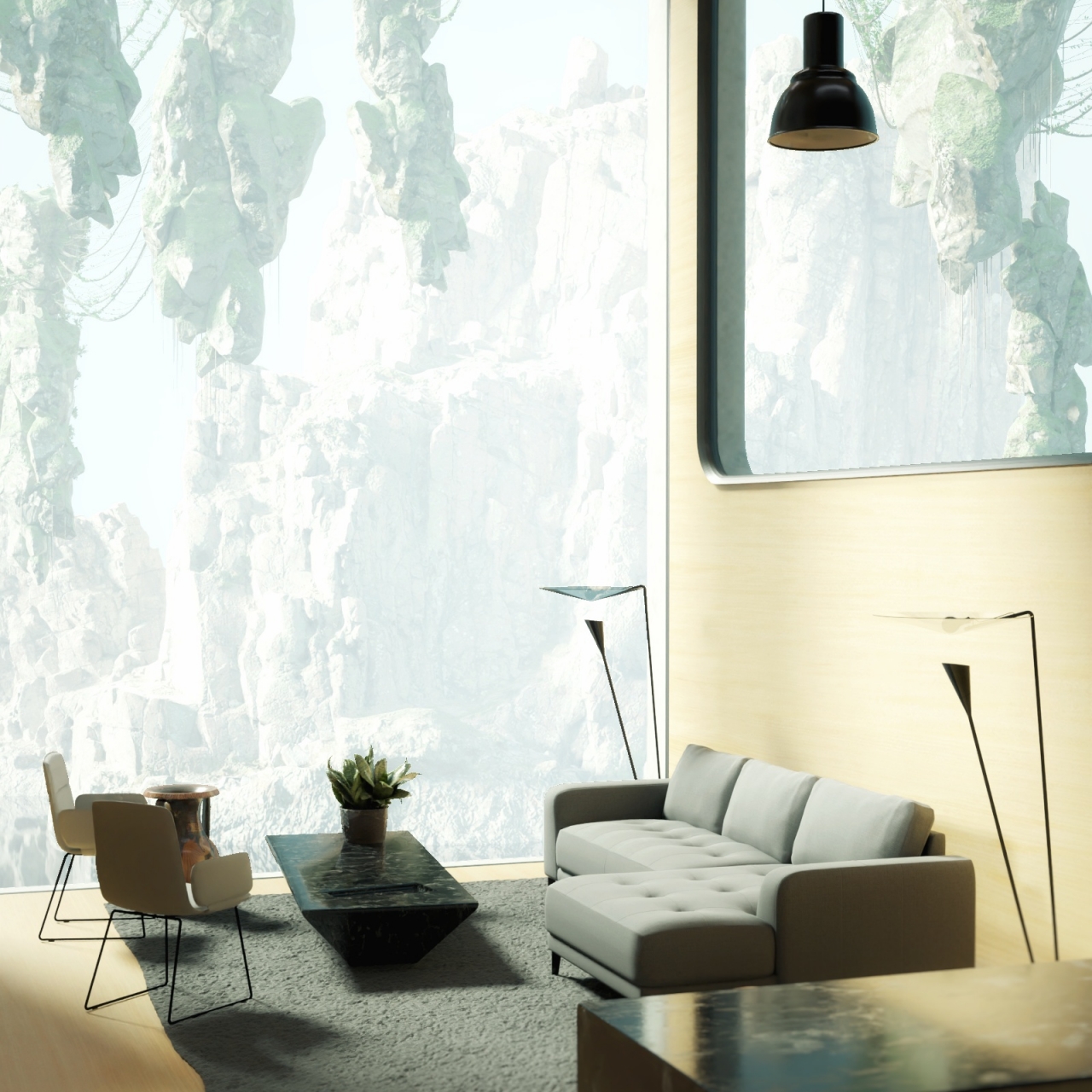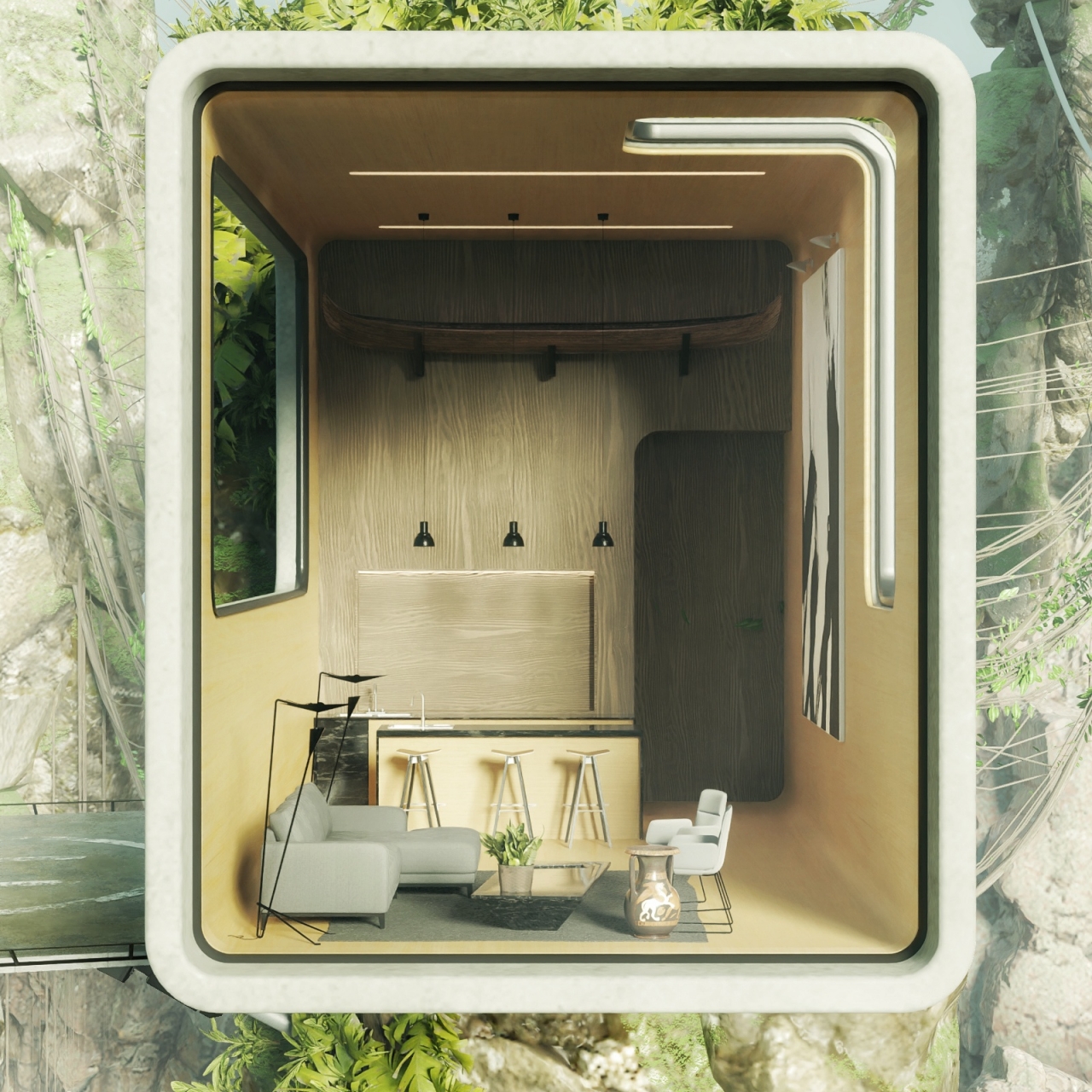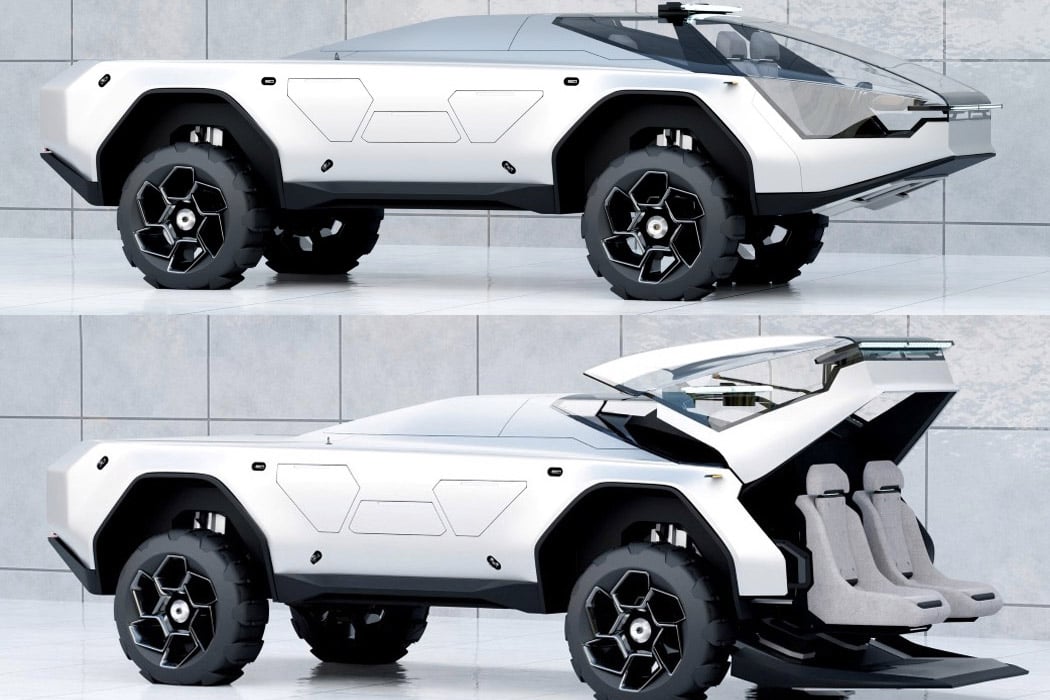
Sci-fi has always been a major source of inspiration for automotive designers! Whether it’s sci-fi movies, TV shows, or even books – designers have been picking up inspiration cues, and ideas from iconic series and phenomena such as Star Wars, Star Trek, Back to the Future, Blade Runner, and more! The result? Super cool and innovative sci-fi-inspired automotive designs that leave science fiction and automotive lovers wanting more! Although these designs are usually concepts, they still manage to impress you with their futuristic looks, advanced functionality, and menacing speed. And we’ve curated some unconventional concepts that you would love to see on the road someday!
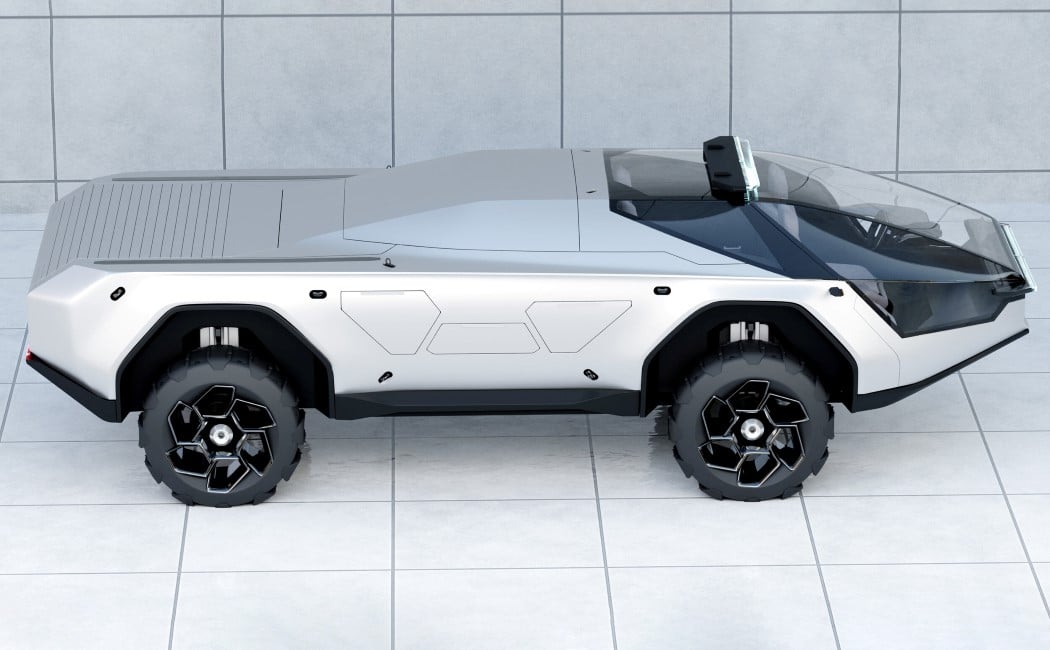
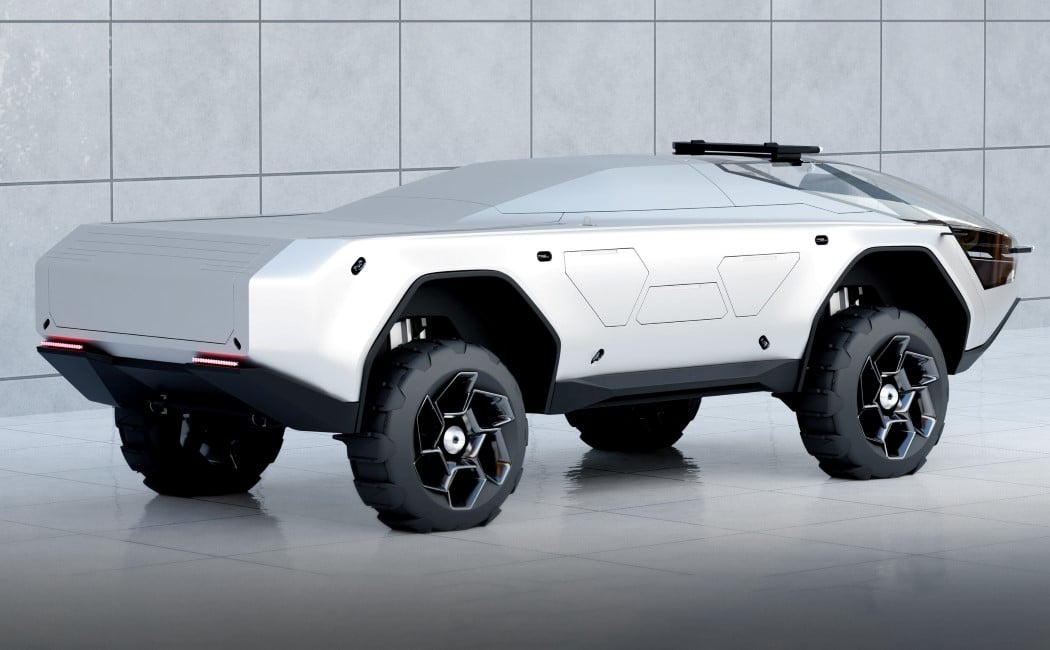
The Pandemax Concept by Radek Štěpán is unconventional, to say the least. It has a distinct Star Wars-inspired aesthetic and those all-terrain tires and that high ground clearance really implies the car could easily work on the roughest of alien terrain. Designed to be a sort of explorer vehicle or manned rover, the Pandemax comes with two seats that are at the absolute front of the vehicle, with a panoramic windshield that lets the explorers get a full view of the terrain and landscape ahead of them. Sure, there are a few questions that come to mind too, especially regarding driver safety and also the center-of-gravity, given that the drivers are sitting outside the car’s wheelbase. However, it’s a neat aesthetic exploration of an interplanetary vehicle if you ask us.
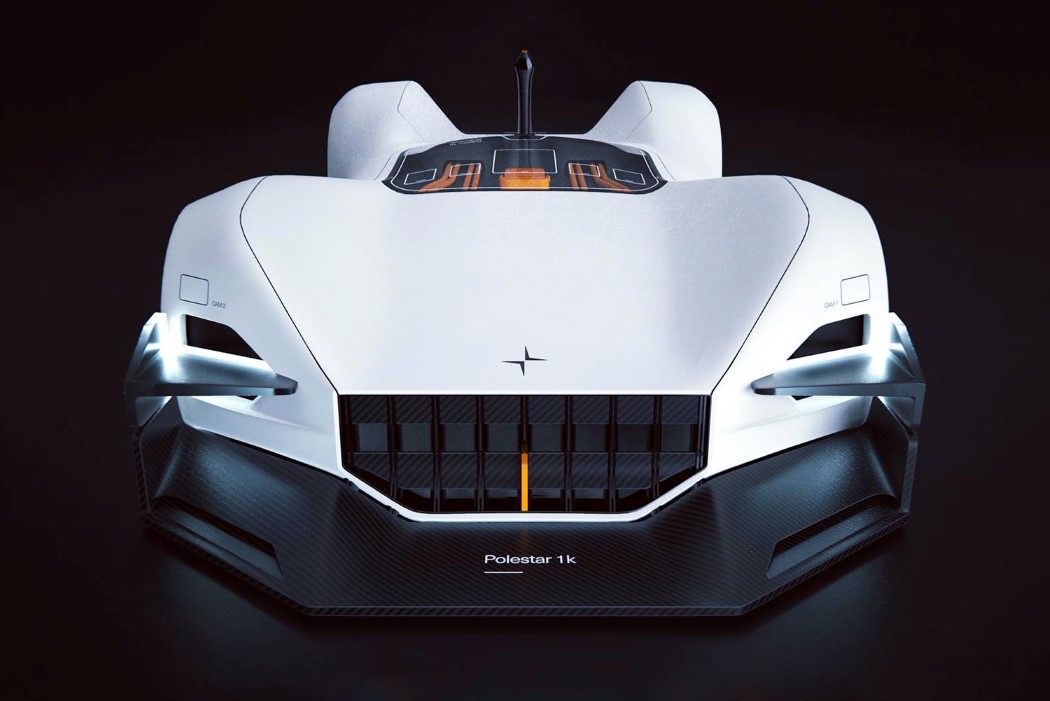
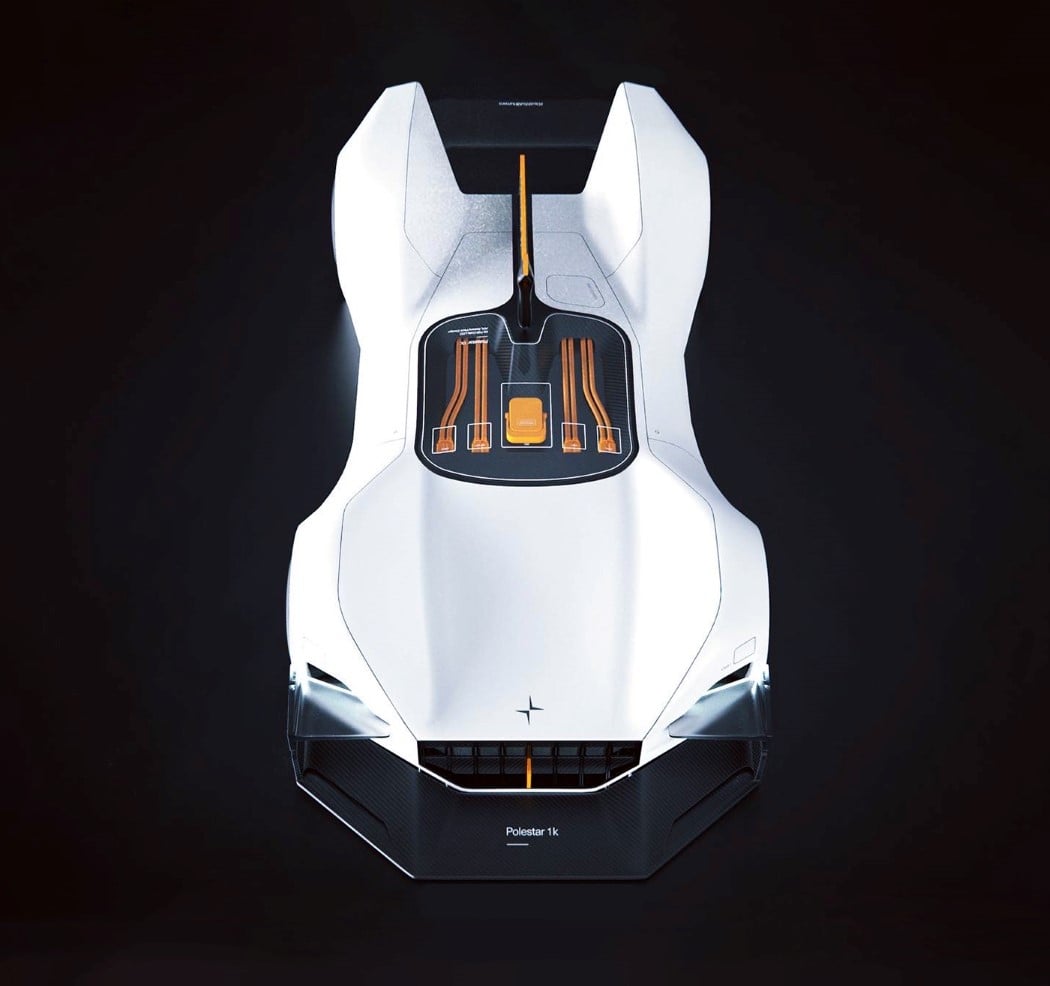
The Polestar 1K is a racing car no doubt but without a driver. Its Speed Racer-inspired aesthetic doesn’t include a cockpit, is developed entirely for roboracing, and comes with a pretty obvious disdain for humankind – something made pretty evident by the fact that its rear lower wing has Death To All Humans written on it! Breës developed this sci-fi beauty taking inspiration from the evil, assassin T-1000 from Terminator 2. The electric hypercar is equipped with cameras on all ends, including a 360° camera on its central watchtower, leaving no blind spots. If that wasn’t enough, the antagonistic autonomous automobile even comes with a secretly evil AI brain!
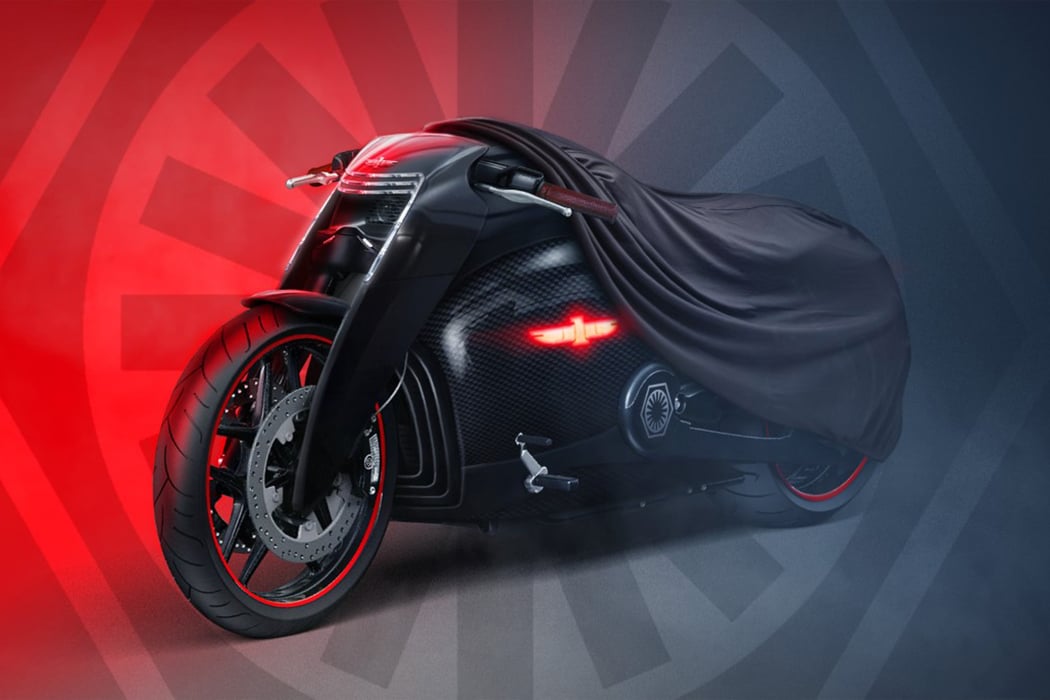
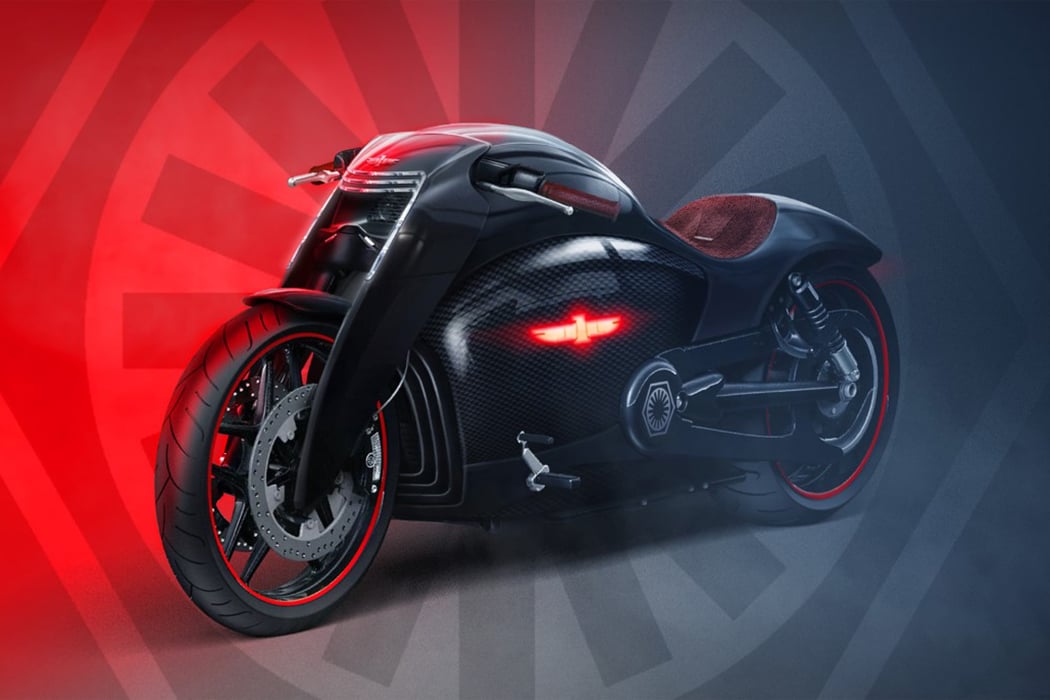
Tamás Jakus’ Equus Kylo bike celebrates the malevolent dark force that is Kylo Ren. The bike comes in a signature black paint job complete with Kylo Ren’s ‘logo’ on the side of the vehicle between two wheels, and a headlight that looks directly inspired by Ren’s own helmet. Just like the helmet, the bike’s headlight sports multiple chrome strips that travel horizontally before extending down the sides, giving the bike its signature piercing glare… and if that wasn’t enough, there’s even an illuminated red bird logo on the side that looks like a wonderful abstraction of Kylo Ren’s lightsaber.
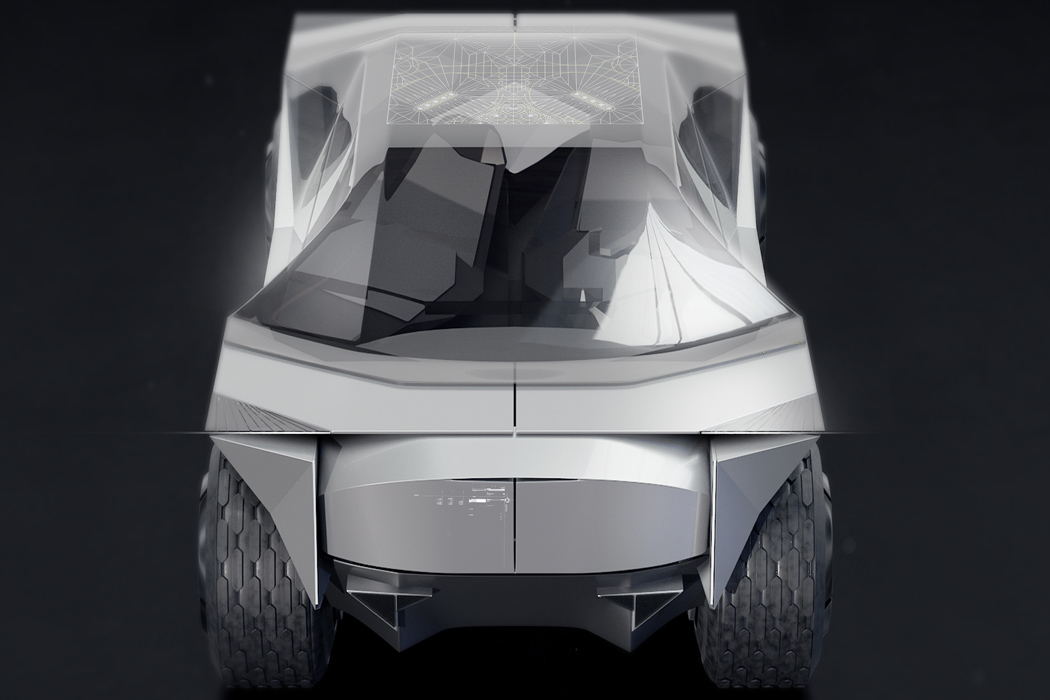
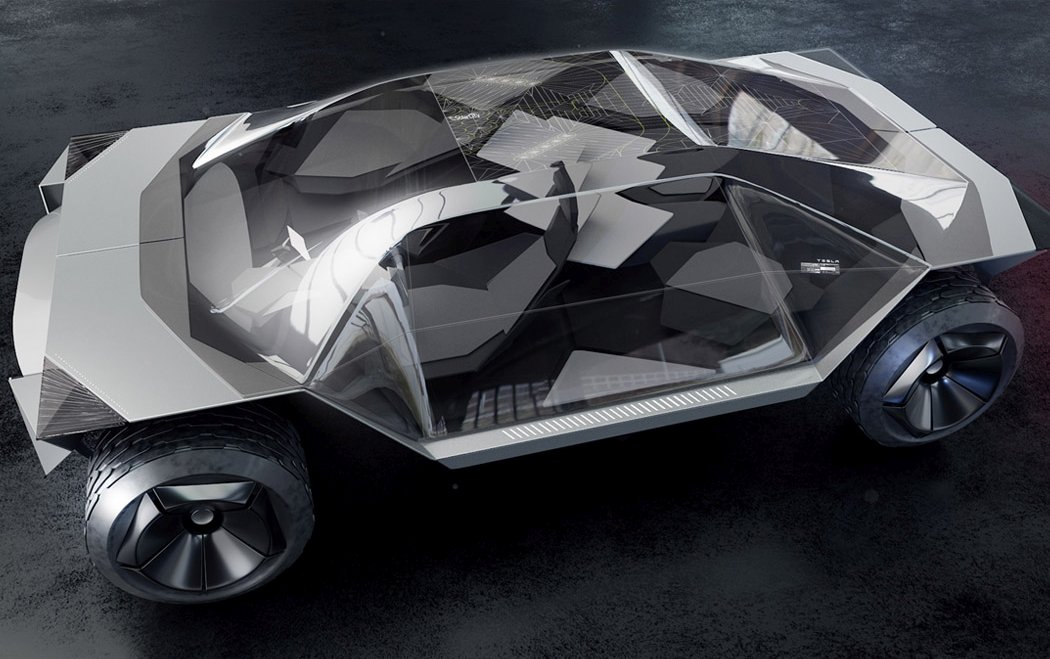
Adapting the elements of Tesla’s Cybertruck frame, SpaceX’s Mars colonizing dreams, and NASA’s Mars rover – this concept design is straight out of a sci-fi future. Retaining the cardinal points for the overall structural design of the vehicle, Lee envisions it to be a renewable energy powered car – again having origami-inspired solar panels on the rear that expand to harness the sun’s energy when the vehicle is parked. Set sometime in the distant future where we will be able to freely scout the surface of planets in our solar system, the Tesla Origami concept car comes with a reinforced exoskeleton body for rigidity and airless tires to adapt to the terrain. The ultra-sharp design of this futuristic concept is well balanced with the fat tires, giving the four-wheeler a distinct appeal that’s truly unmatchable.
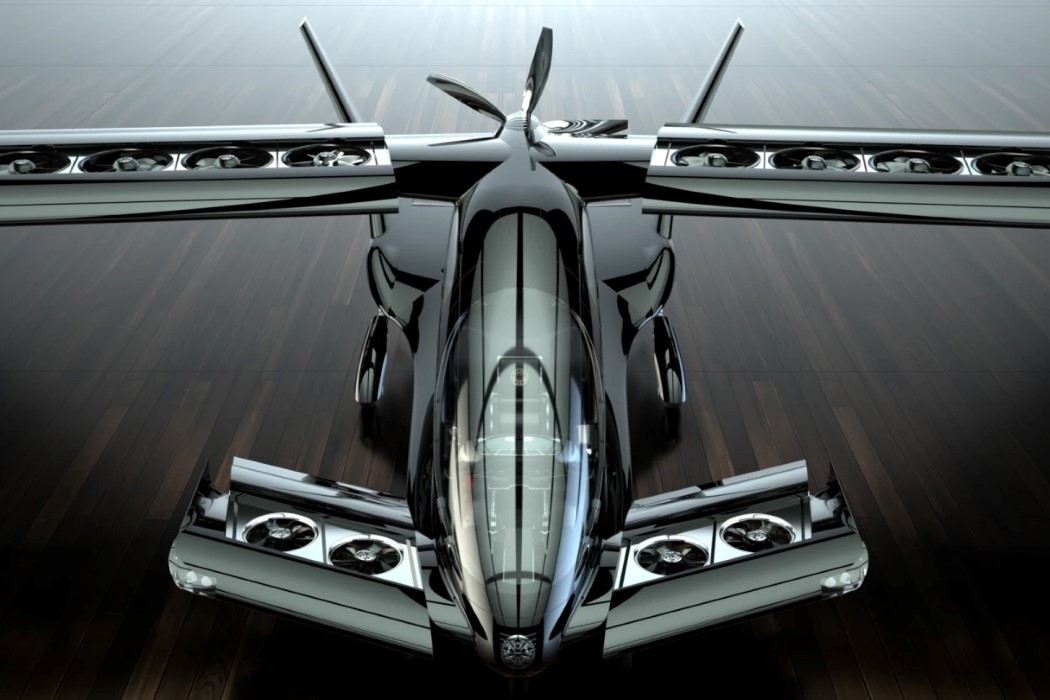
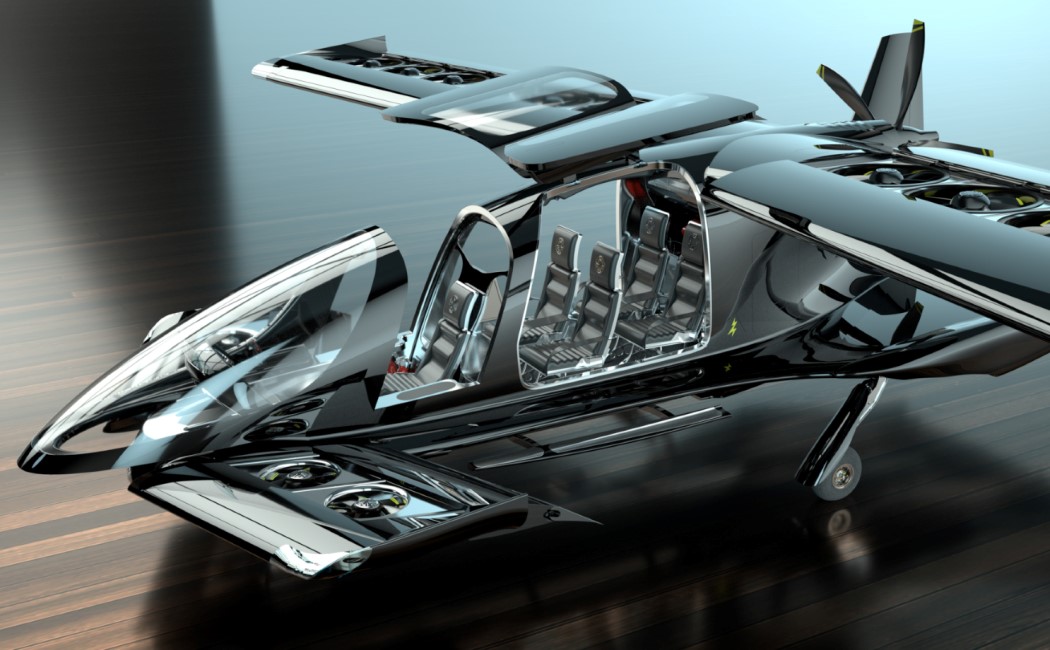
Just on face value, the Horizon Cavorite X5 looks like an absolute sci-fi wet-dream. It sports the aesthetic of a sleek stealth-bomber, and comes with wings that, get this, split open to reveal multiple fans underneath (yes, wings with FANS!) These fans help the EVTOL take off and land vertically (like a helicopter) on a landing pad, and the outer covers close shut to turn the X5 into a wing-based aircraft that can hit speeds of up to 350 km/h (217mph). The Cavorite X5 comes named after a fictional super-material first mentioned in H.G> Wells’ 1901 book The First Men in the Moon, which, when cooled, can cancel out the effects of gravity. The plane takes on those very characteristics too, with its unique ability to hover vertically before flying like a normal plane. With an LS V8 engine onboard and a relatively modest battery system, the Cavorite X5 can achieve cruise speeds of up to 350 km/h, traveling as far as 500 kilometers while carrying cargo.
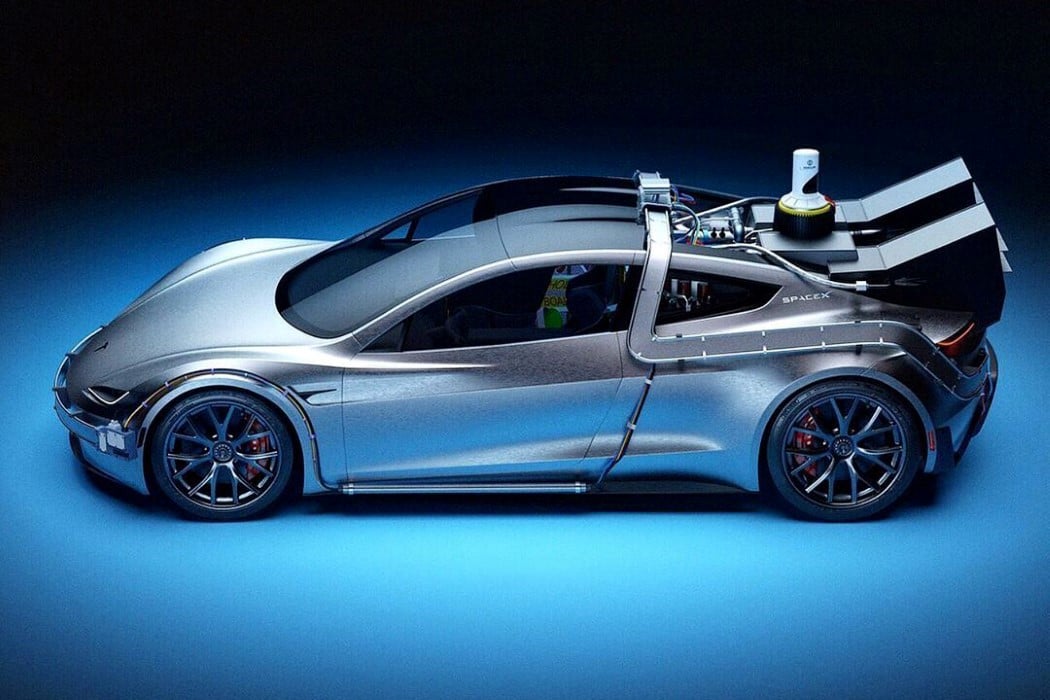
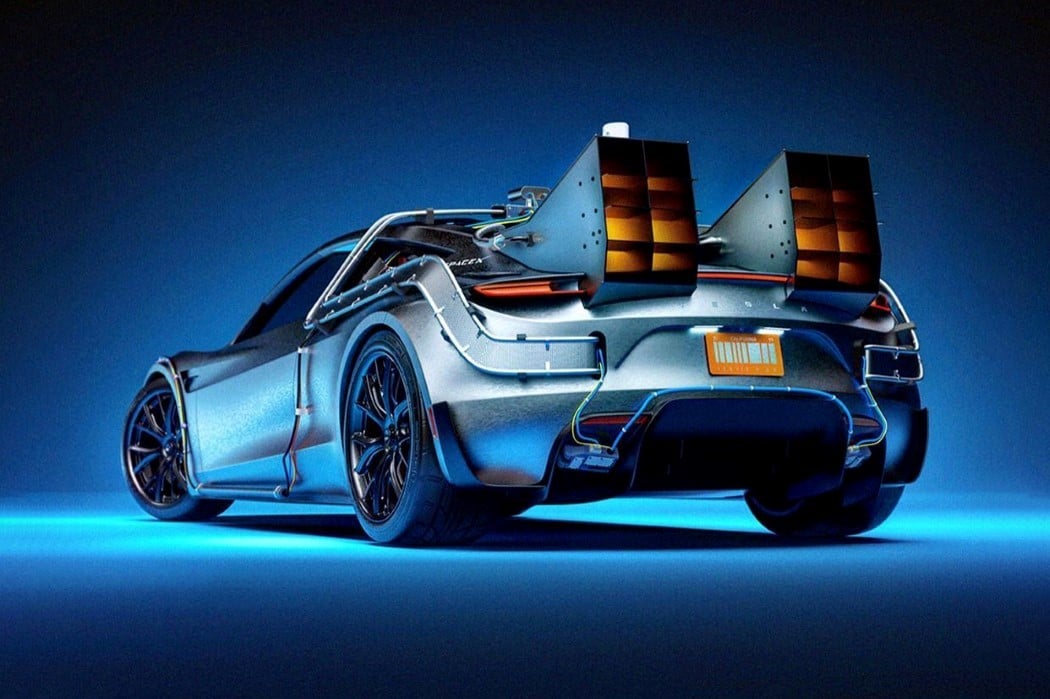
The Tesla x SpaceX x BTTF combination comes from the mind of Charlie Nghiem, a maverick automotive designer who’s even made a Tesla x Rimowa concept collab. This holy-trinity mashup features both of Elon Musk’s current ventures, electric automobile company Tesla, and space exploration venture SpaceX, along with an unlikely third, the DeLorean from Back To The Future (Musk is a Rick and Morty fan, so maybe he loves BTTF too?) The car looks like a pimped-out Tesla Roadster complete with all the trims and the massive afterburners from the BTTF automobile. The car’s even got a hoverboard casually resting against its side, and features a SpaceX logo at the base of the C pillar, because where they’re going, they don’t need roads.
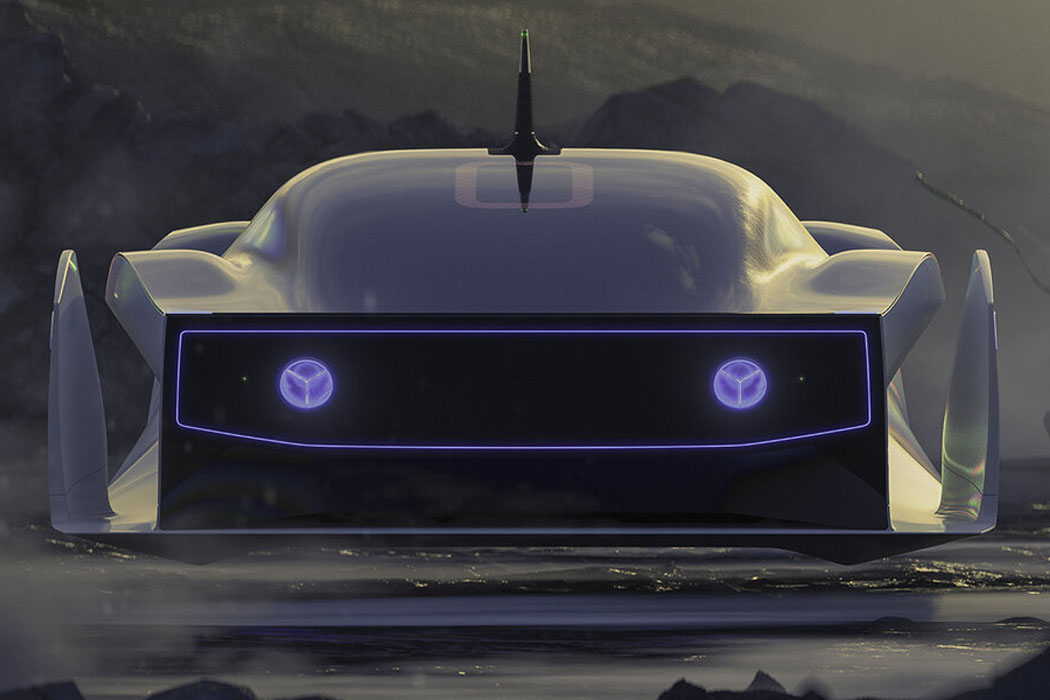
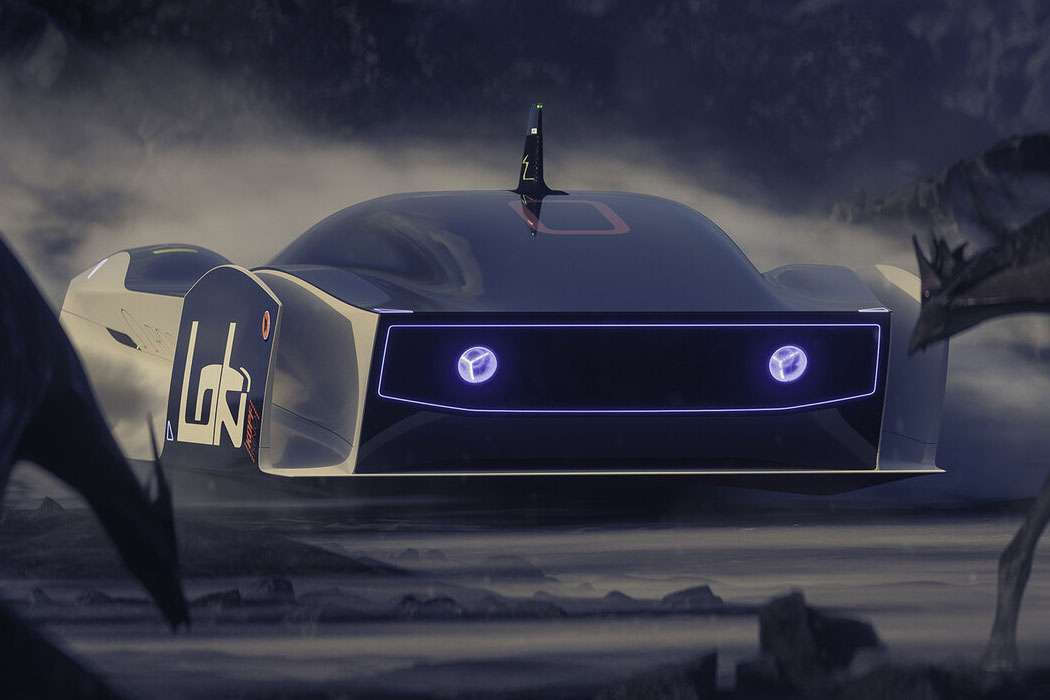
Let’s take you on a ride into a mythical world where strange creatures rule the land and mysteries remain to be unraveled. Or perhaps, a distant future when humankind has been erased from the face of planet earth and beings with superior powers exist. This hover concept car dubbed ‘Loki’ is from that very realm giving us the opportunity to let loose our imagination. The flying car bears the character of Loki, the notorious god in Norse mythology. Imagined by industrial designer Christian Grajewski set in a sci-fi world of alien creatures, the hover vehicle has a glimpse of the trickster god who loves playing pranks on his fellow gods as well as their opponents. The mischievous smile is apparent in the front grill (with futuristic LED lights) that’s elevated at the corners. The profound shark fin also adds a mythical character to the concept car, while the aerodynamic flowing design right from the front to the rear lives up to the hover design.
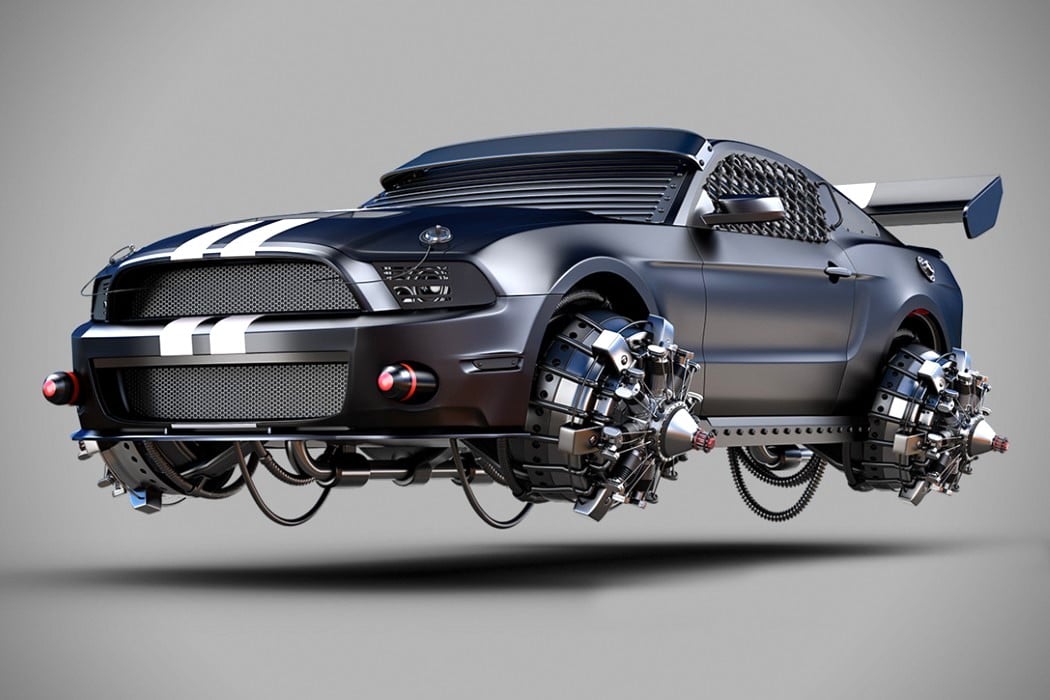
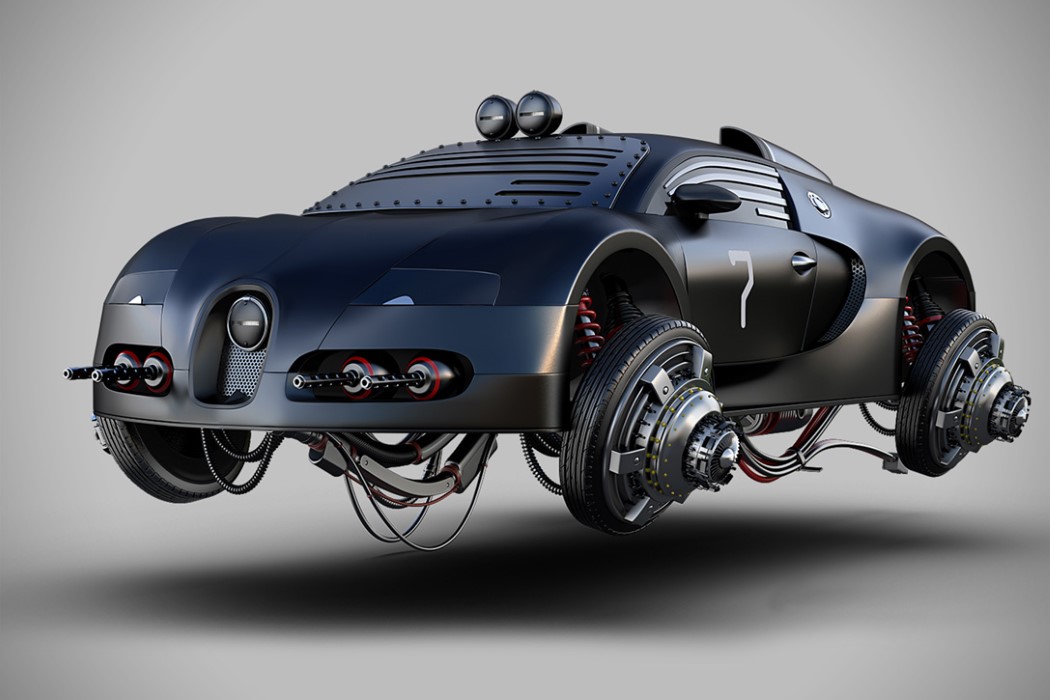
50% impossible, 50% real vehicle, and 100% awesomeness, the Apocalyptic Vehicle series by Jomar Machado gives us a taste of what our rides would look like if the world collapsed into collective chaos. An early adopter of 3D modeling (back in 1994), Machado became a master of his craft. His love for the art and production of films like Star Trek, Stars Wars, Babylon 5, Dune, and Blade Runner helped him develop a distinct style, something very evident from his current work. The vehicles below (and above) combine real cars with impossible technology and military-grade weapons to give us something that looks right out of Death Race, or Carmageddon, or Mad Max (but less dusty).
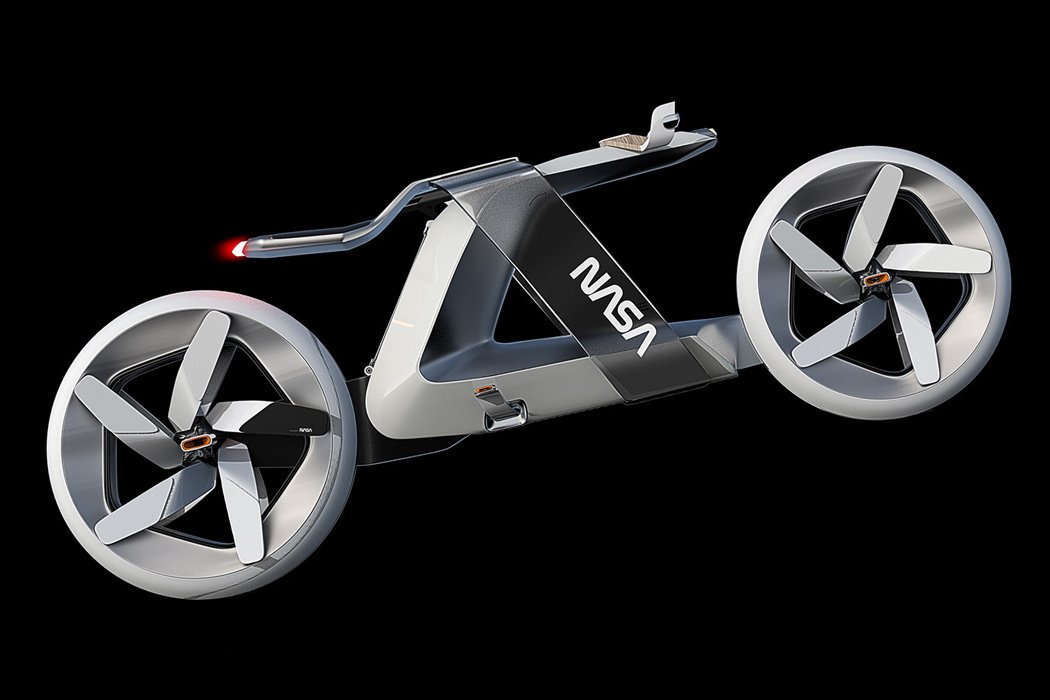
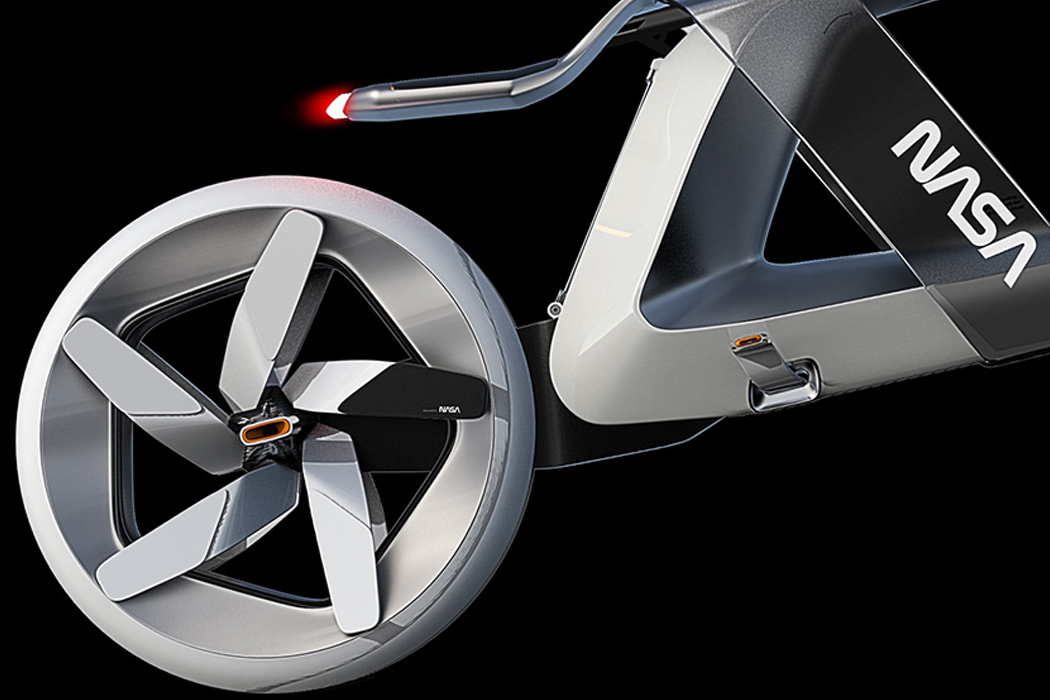
Designer Simon Grytten has thought something out of the box and penned it down in the form of sketches for his version of a bike that’s apt for Mars missions. He calls it the NASA Bike and Grytten has designed the mock-up in a way that makes it just more than a medium of transportation. It can charge its own battery as well as the battery of the base station by harnessing the wind energy courtesy of the prominent storms of the planet. NASA Bike turns into a wind turbine when not in use which is a mindful utility in a space where everything needs to be resourceful. The bike plugs into the charging station which is a big generator to keep things running on the hostile planet. For riding the two-wheeler has a very bare-bones basic design for obvious reasons since one is not going to drive it for the thrill of riding, rather get from one place to another, safe and sound.
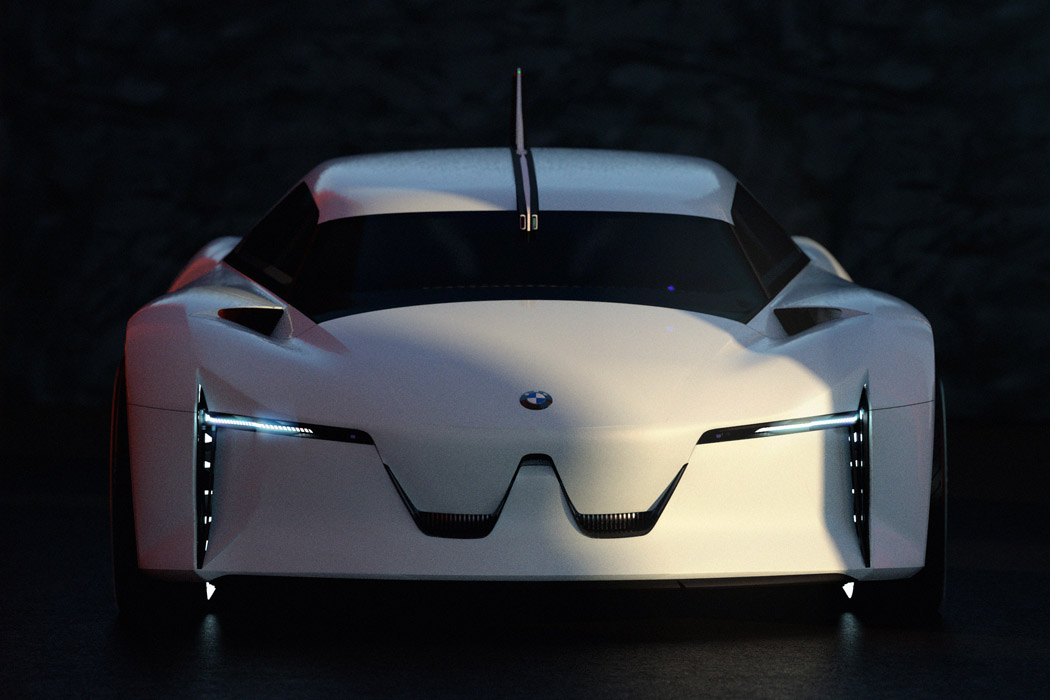
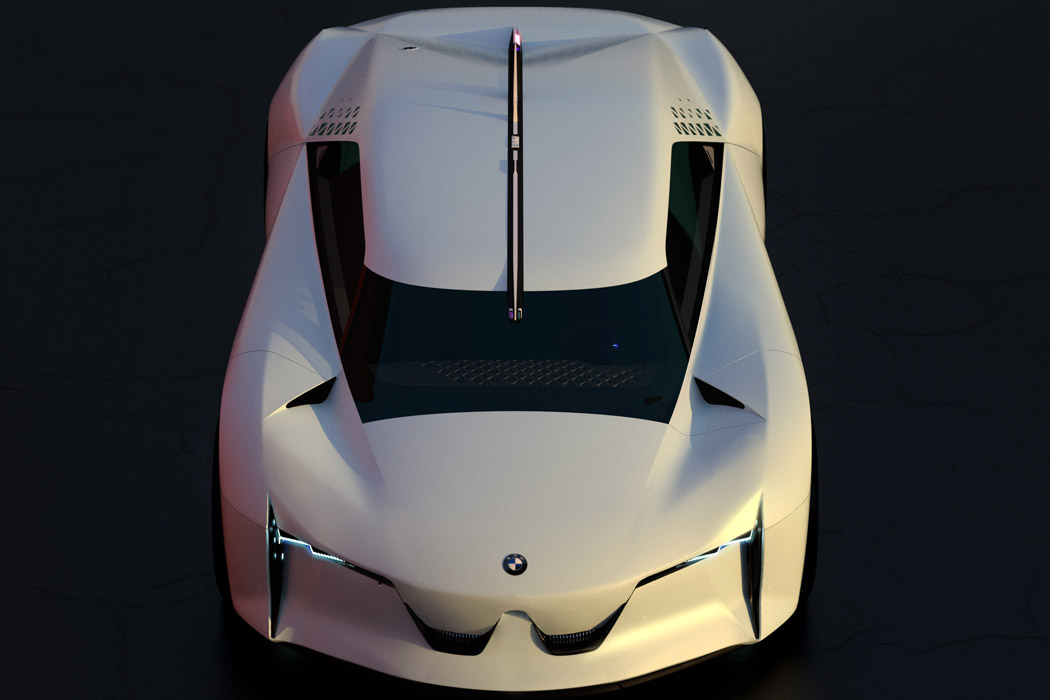
Lukas Haag who’s an automotive designer with a fair experience at Mercedes-Benz has created the blueprint of a BMW concept that is an improvement on his earlier concept design dubbed Connected Dynamics created way back in 2014. This renewed vision of a hair-raising four-wheeler with a refreshing CMF-concept lies right in the realms of automotive designs that strike the right balance between form and function. A very tightly knit body design that flows from the front to the back, urging the onlookers to just be bemused by its presence on the road. The wide stance makes the car generate tons of aerodynamics efficiency and the assurance to stay glued to the tarmac as speeds hit in excess of 185 miles per hour. From what I can assume, the shortened hood of this concept and elongated rear points towards an electric drive train much like the official BMW Group’s concept cars in the Vision series.

